The Sunshine State is a true paradise for nature and camping enthusiasts. This one-week itinerary travels from the Atlantic Coast to the Keys and the Gulf Coast, setting up camp on stunning locations along the beach. It can easily be extended to a 10-day or two-week trip.
Florida One-Week Camping Itinerary
- Day 1: East Coast to Florida
- Day 2: Florida’s Route A1A
- Day 3: Miami
- Day 4 & 5: The Florida Keys
- Day 6 & 7: The Gulf Coast
- Day 8: Natural Springs of Central Florida
Day 1: East Coast to Florida
We started the trip from our home base on the East Coast at the time. Norfolk, Virginia is conveniently located in the middle of the East Coast. Both Northern Maine and Southern Florida are within driving reach, at just under 1000 miles one-way. With so many beautiful places to visit along the East Coast, a trip can easily be turned into a road trip.


We split up the drive to Florida with a night on Tybee Island halfway. This barrier island in Georgia is a popular vacation spot with beachgoers from northern states. If your beach bar is set to Florida standards, Georgia’s beaches will not do the trick. The Crab Shack is a Tybee Island staple for seafood boils and perfect spot for an outdoor lunch or early dinner, before mosquitos take over.

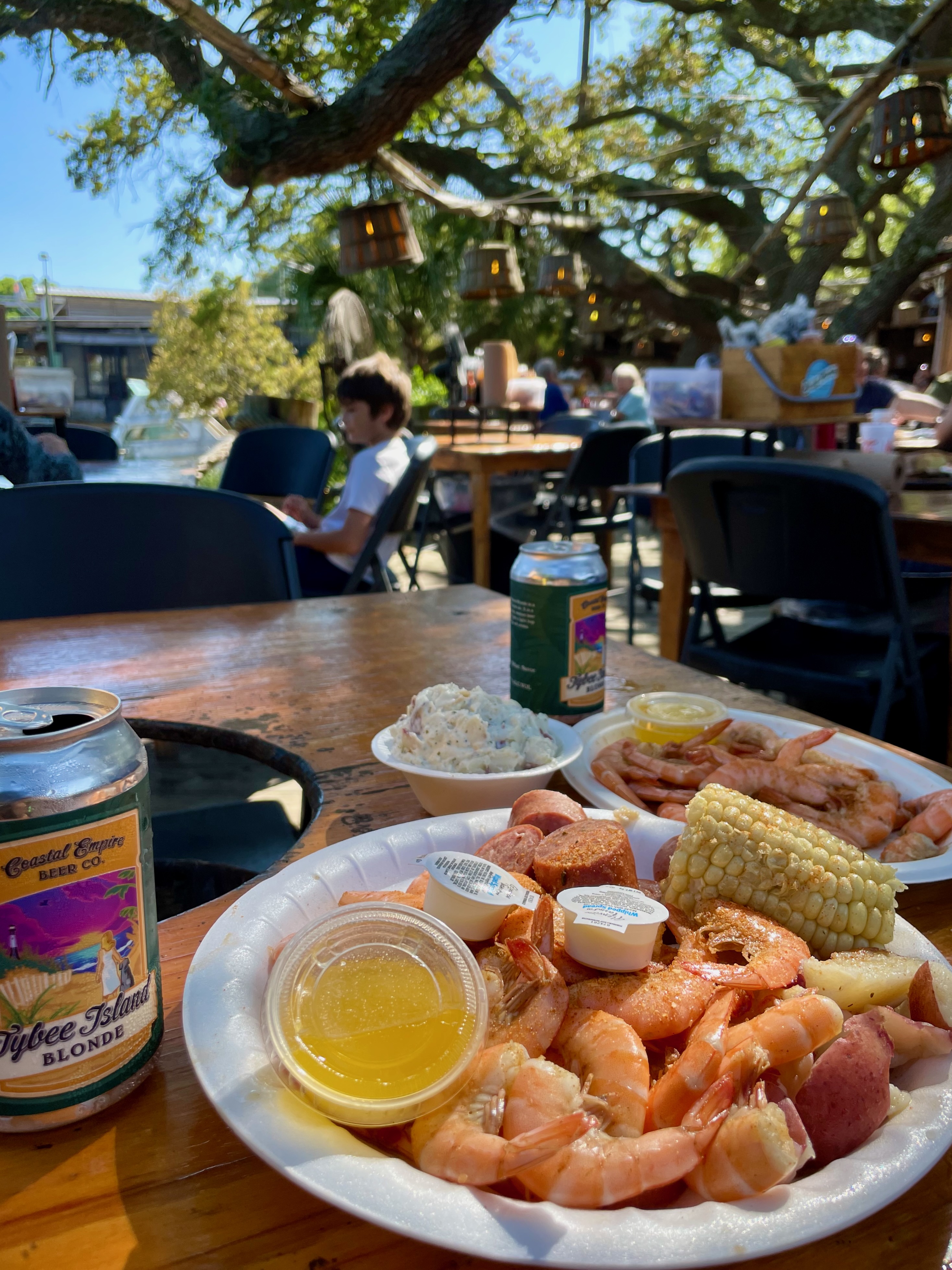
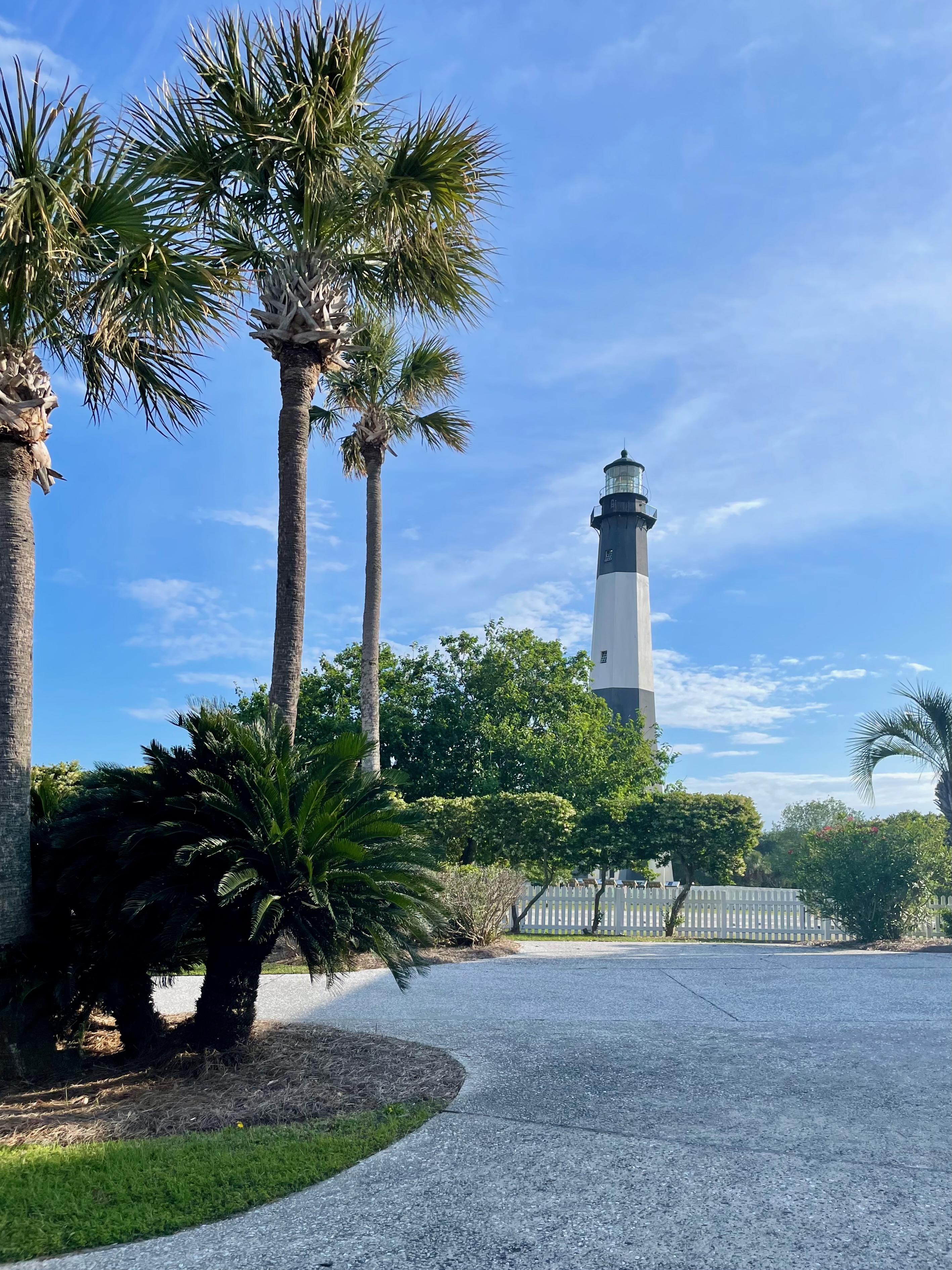
Stay: Rivers End Campground, Tybee Island
We usually stay away from private campgrounds, but we had no other choice on Tybee Island. Rivers End Campground is located within walking distance of the beach. The live oaks draped with Spanish moss welcome you to the American South.
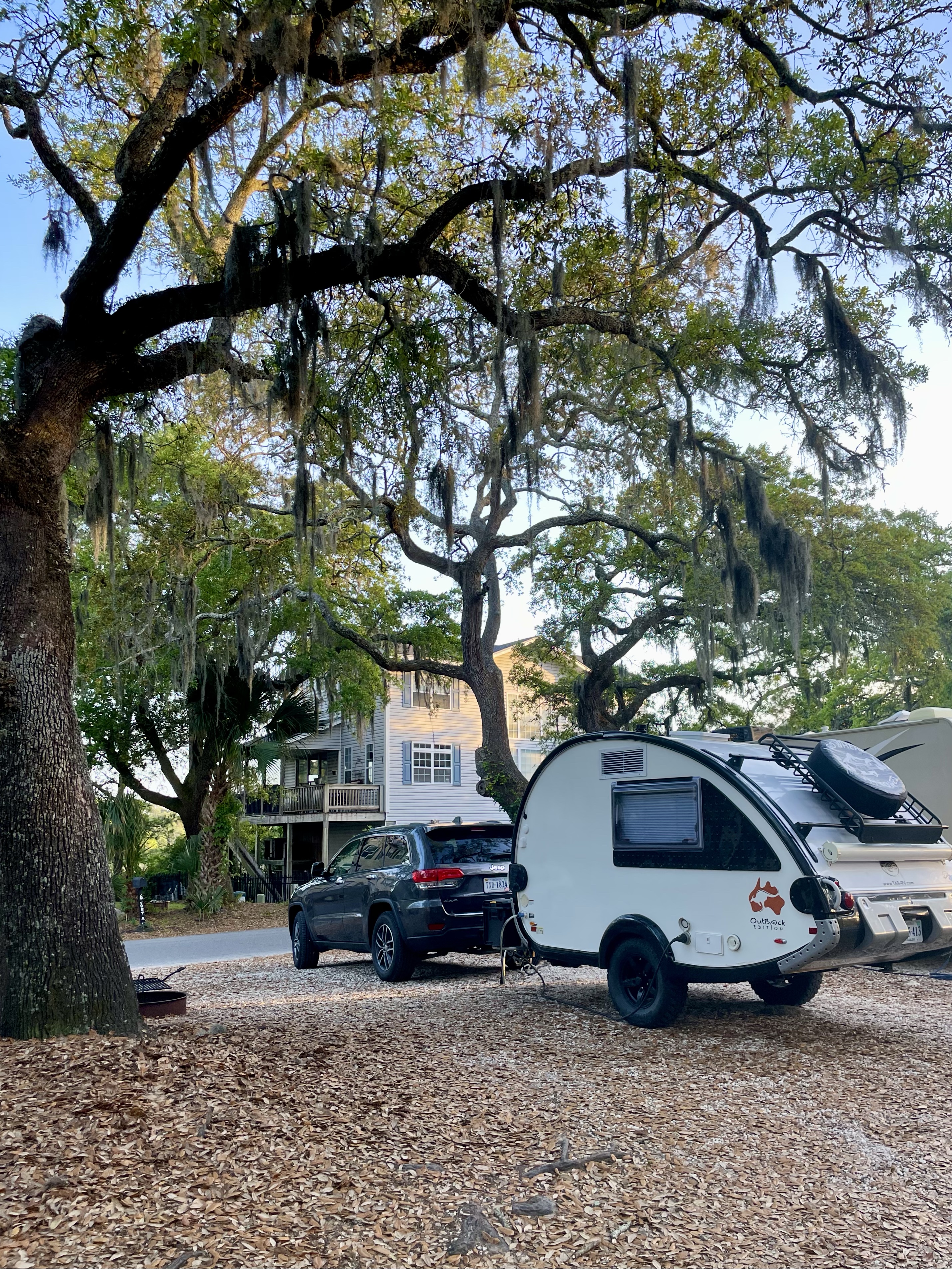
Day 2: Florida’s Route A1A
From northern Georgia, it took us three hours to reach the Florida border. Passing Jacksonville, we entered Florida’s A1A Highway. The A1A runs for 338 miles along the Atlantic, from northern Florida all the way to Key West. In return for countless traffic lights and pedestrian crossings, you can cruise windows down with scenic ocean views.
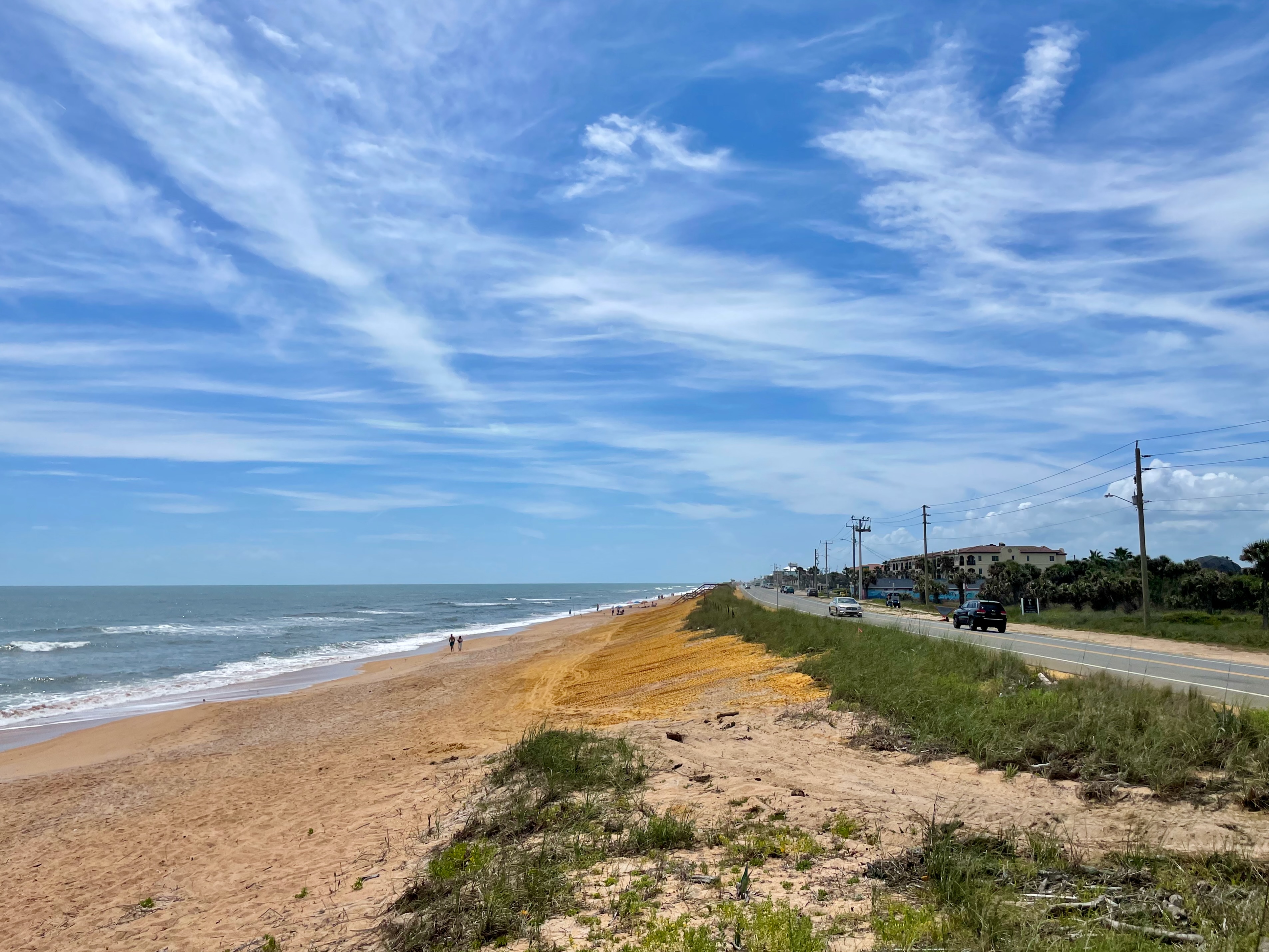
The 72-mile stretch between Jacksonville and Flagler Beach is designated as A1A Scenic & Historic Coastal Byway. This is the most undeveloped part of the A1A, allowing you to pull off on the side of the road without any parking troubles. We parked along the road in Beverly Beach and enjoyed a picnic on the beach.


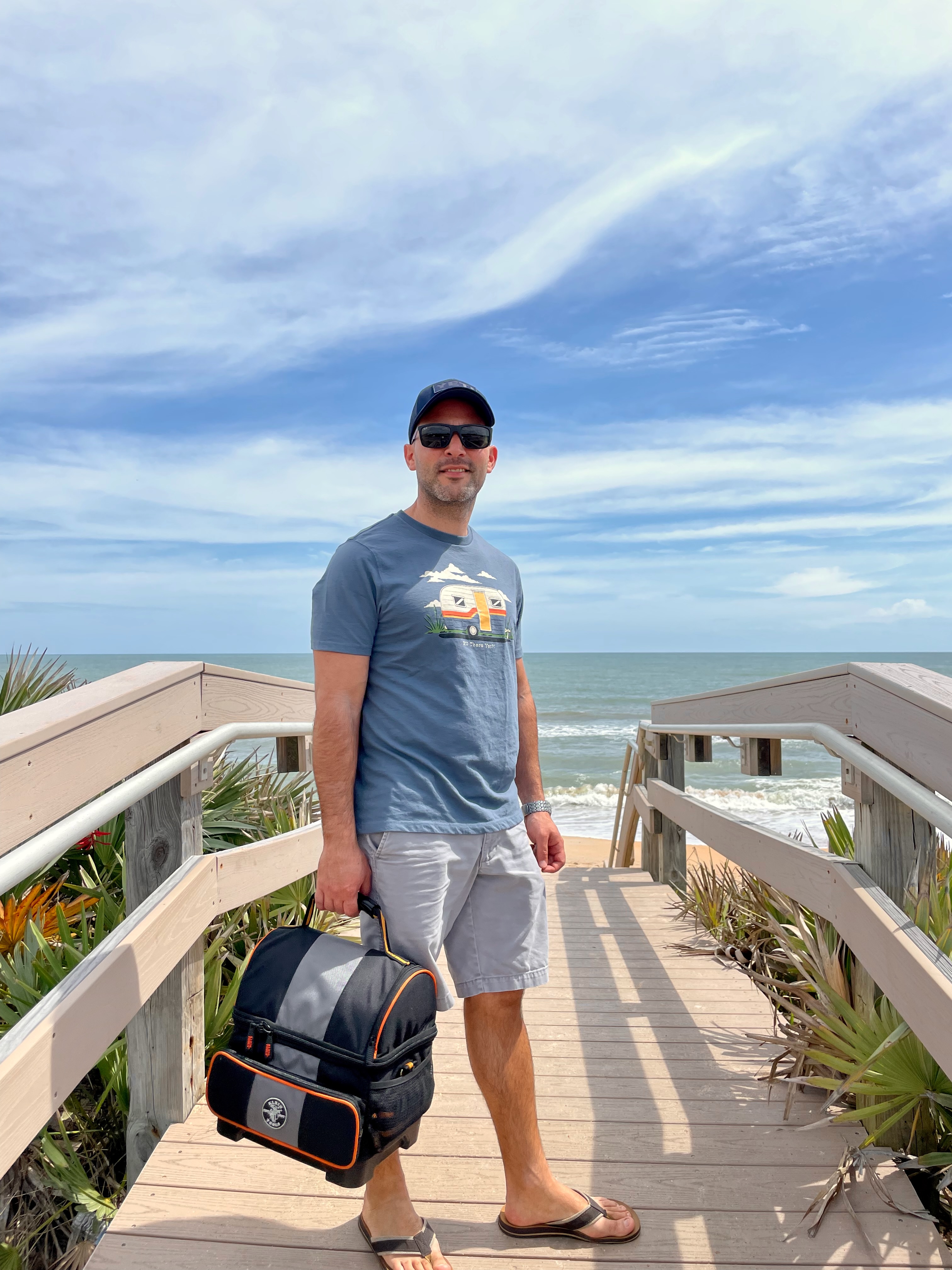
From Flagler Beach south to famous Daytona, the A1A becomes crowded and parking with a trailer almost impossible. We continued on the I-95 for the last four hours to Miami. Bulow Creek State Park offers a scenic drive from the A1A back to the interstate.
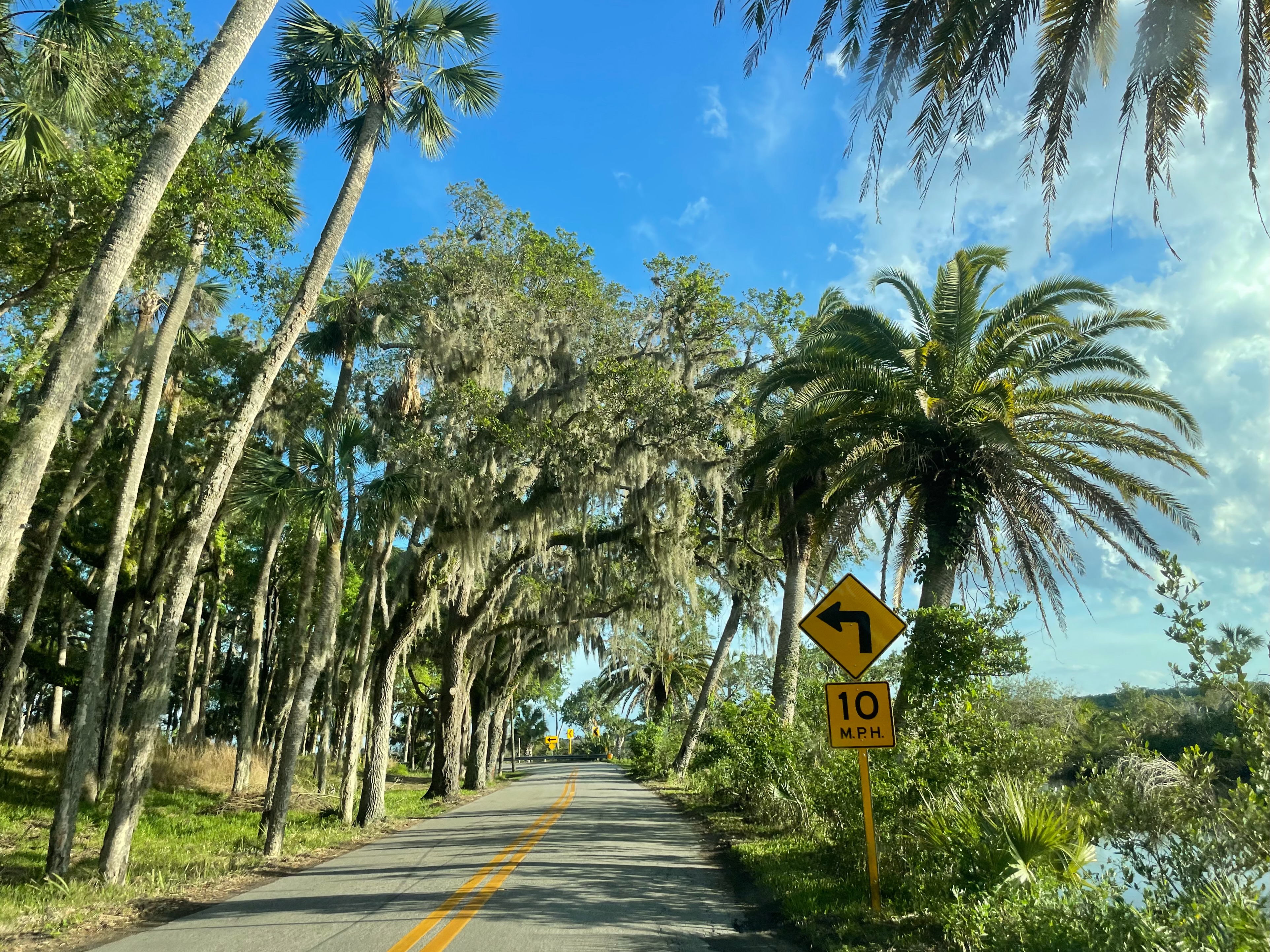
Stay: Gamble Rogers State Park, Flagler Beach
Gamble Rogers State Park is located right on the A1A in Flagler Beach. There is a beachside and riverside to the state park. The beachside is fully reserved months in advance, with oceanfront sites steps away from the beach. The riverside is just across the street from the A1A and is where we ended up staying. It is a peaceful oasis and a worthy alternative to its oceanfront neighbor.

Day 3: Miami
Miami is hard to skip on a road trip through Florida, although my other half would be happy to. I always love returning to Florida’s colorful metropolis, which is my favorite city in the USA.
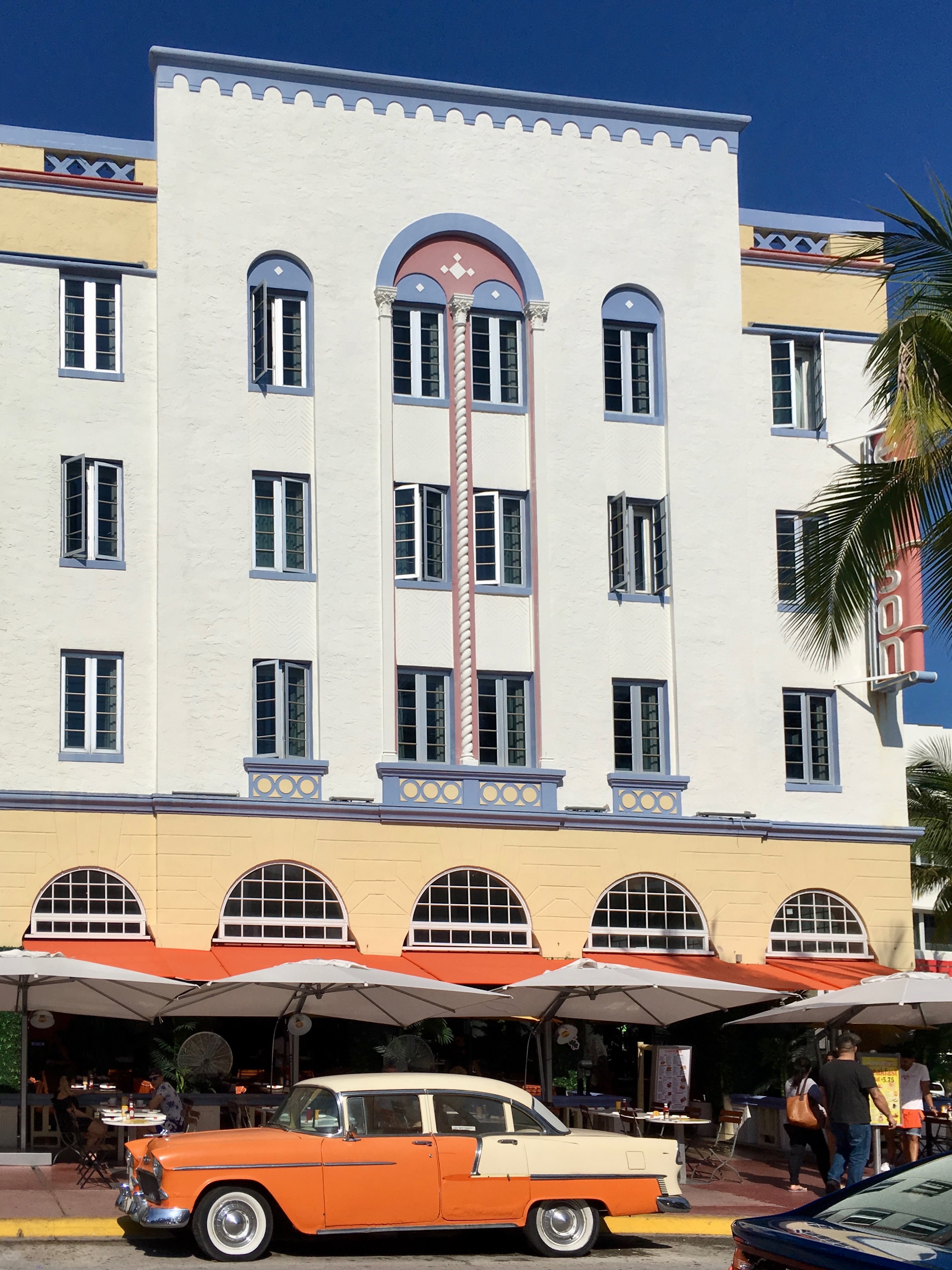
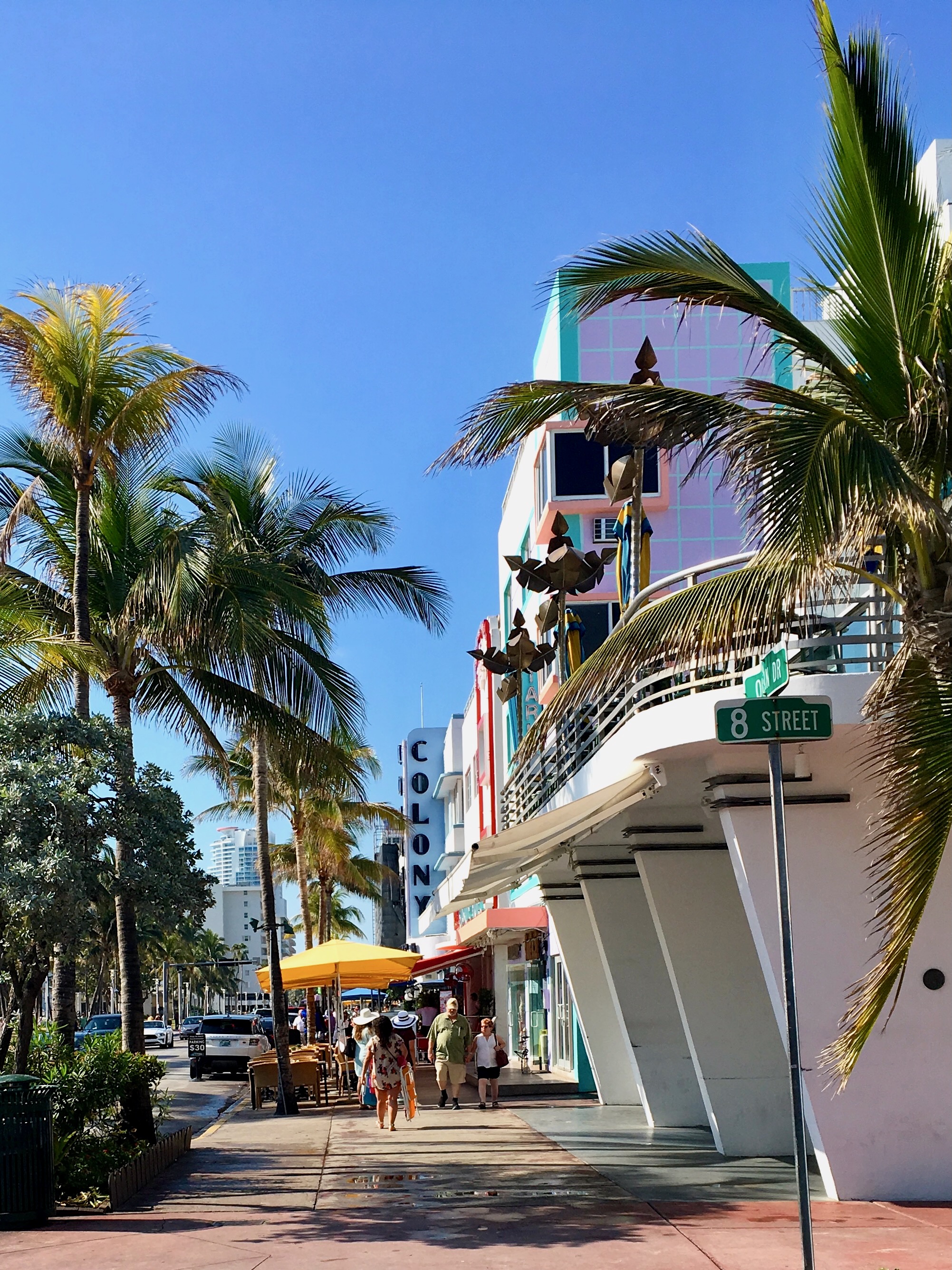
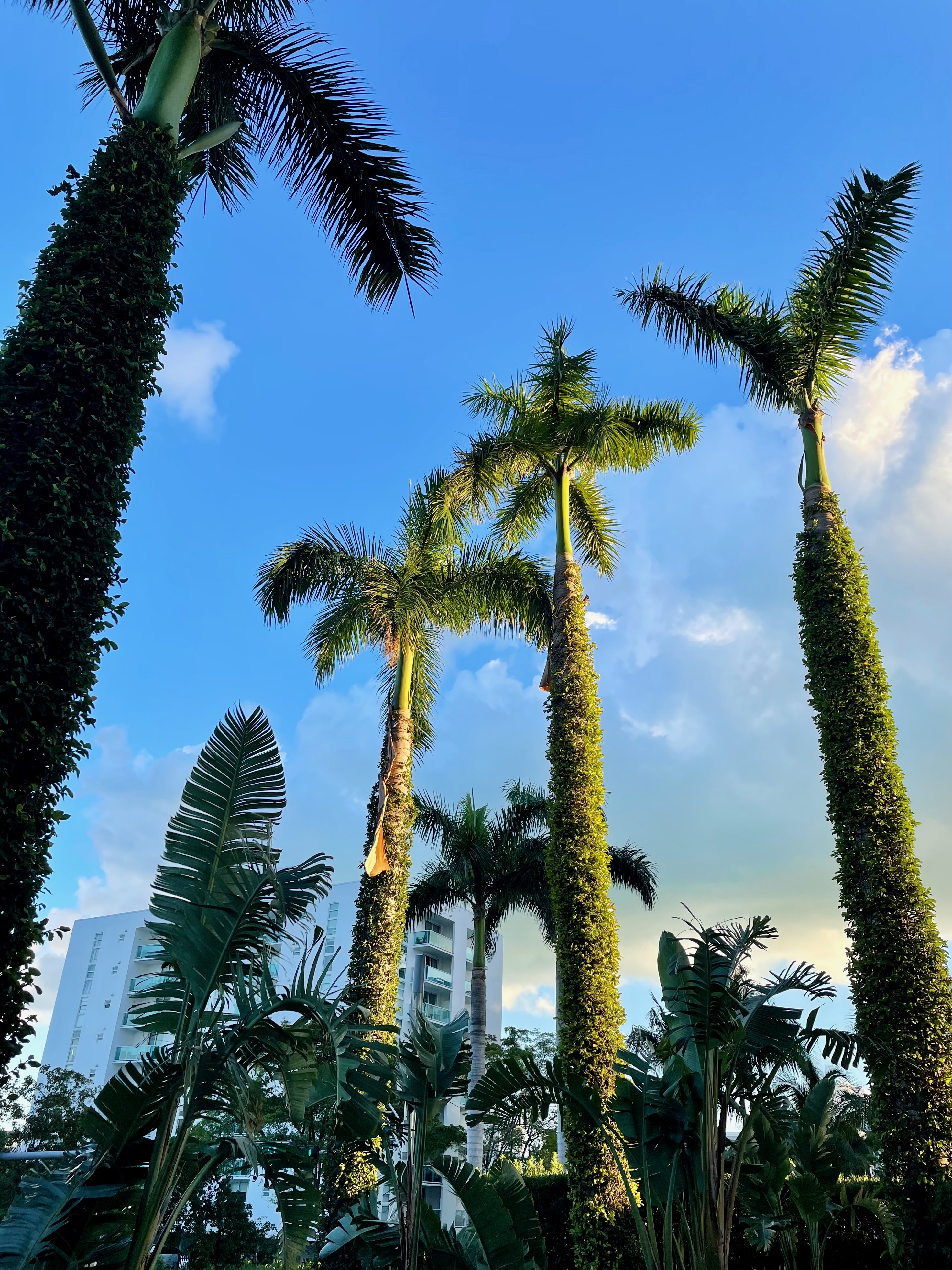

Our time in Miami was limited this time around, as we were just stopping by to visit family. For a first-time visit, the city deserves at least three days. These 15 top things to do are quintessential Miami and shouldn’t be missed. Unfortunately, Miami does have a flip side, of which we were reminded during our beach day on Key Biscayne: our car was broken into at Crandon Park in plain daylight.



Day 4 & 5: The Florida Keys
The Florida Keys are an archipelago off the Southern Florida Coast, stretching into the Gulf of Mexico for 120 miles. The iconic Overseas Highway cuts through the azure-blue waters, connecting the keys with the mainland. Embark on a Florida Keys road trip with these 10 essential stops on the Overseas Highway. Lunch on the beach at Islamorada’s Lazy Days is sure to set the tone for two days of island vibes.
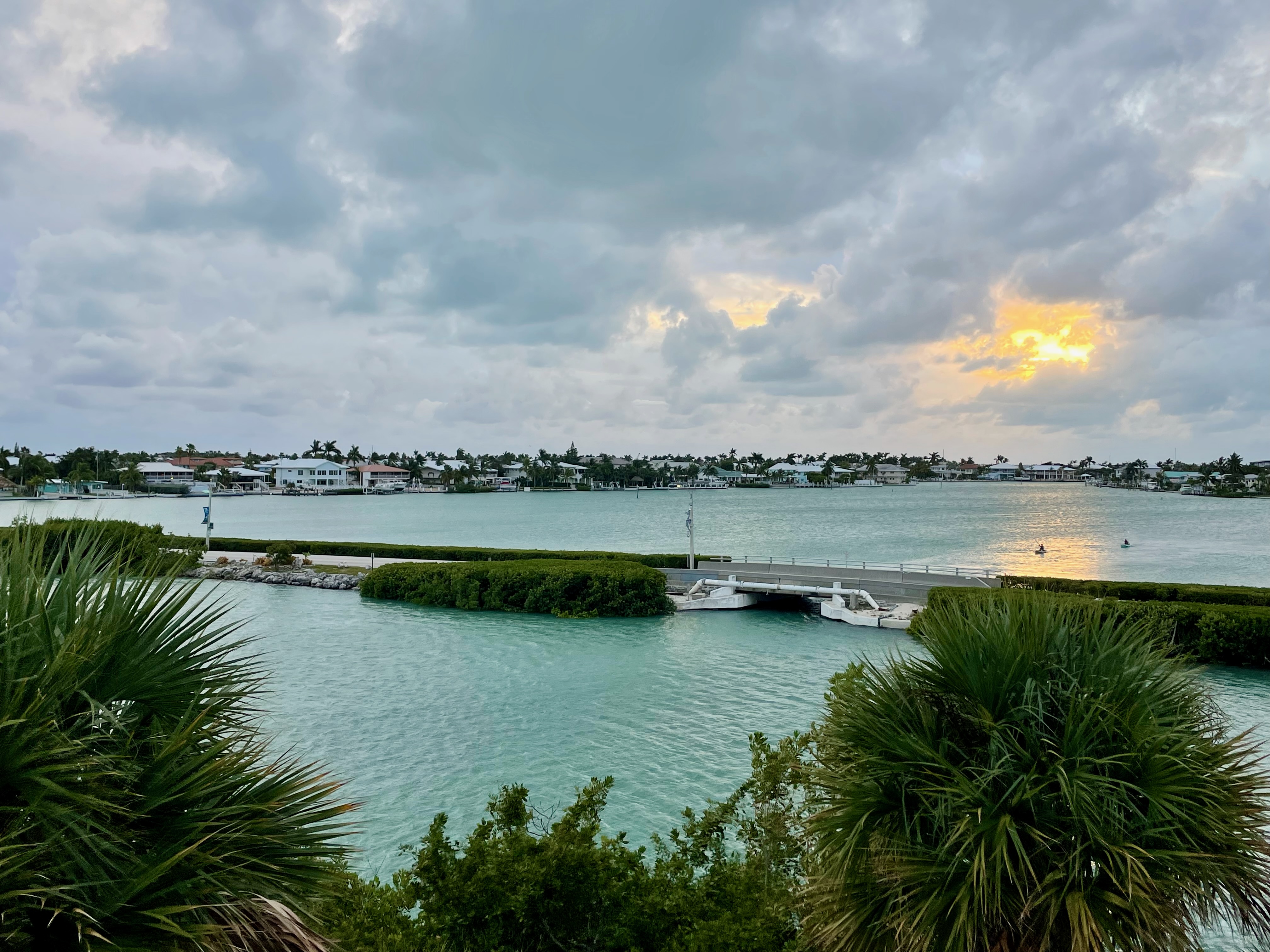
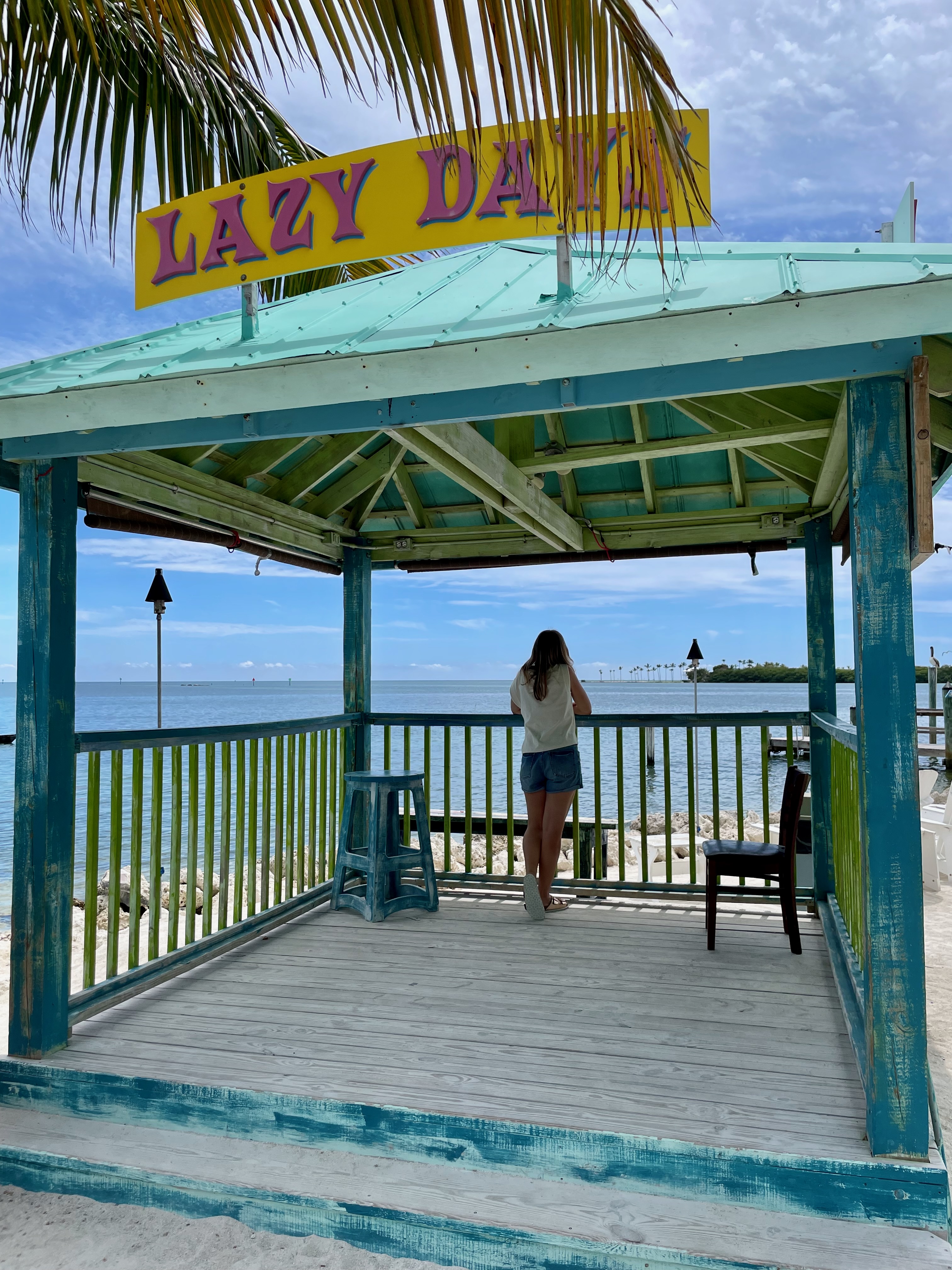
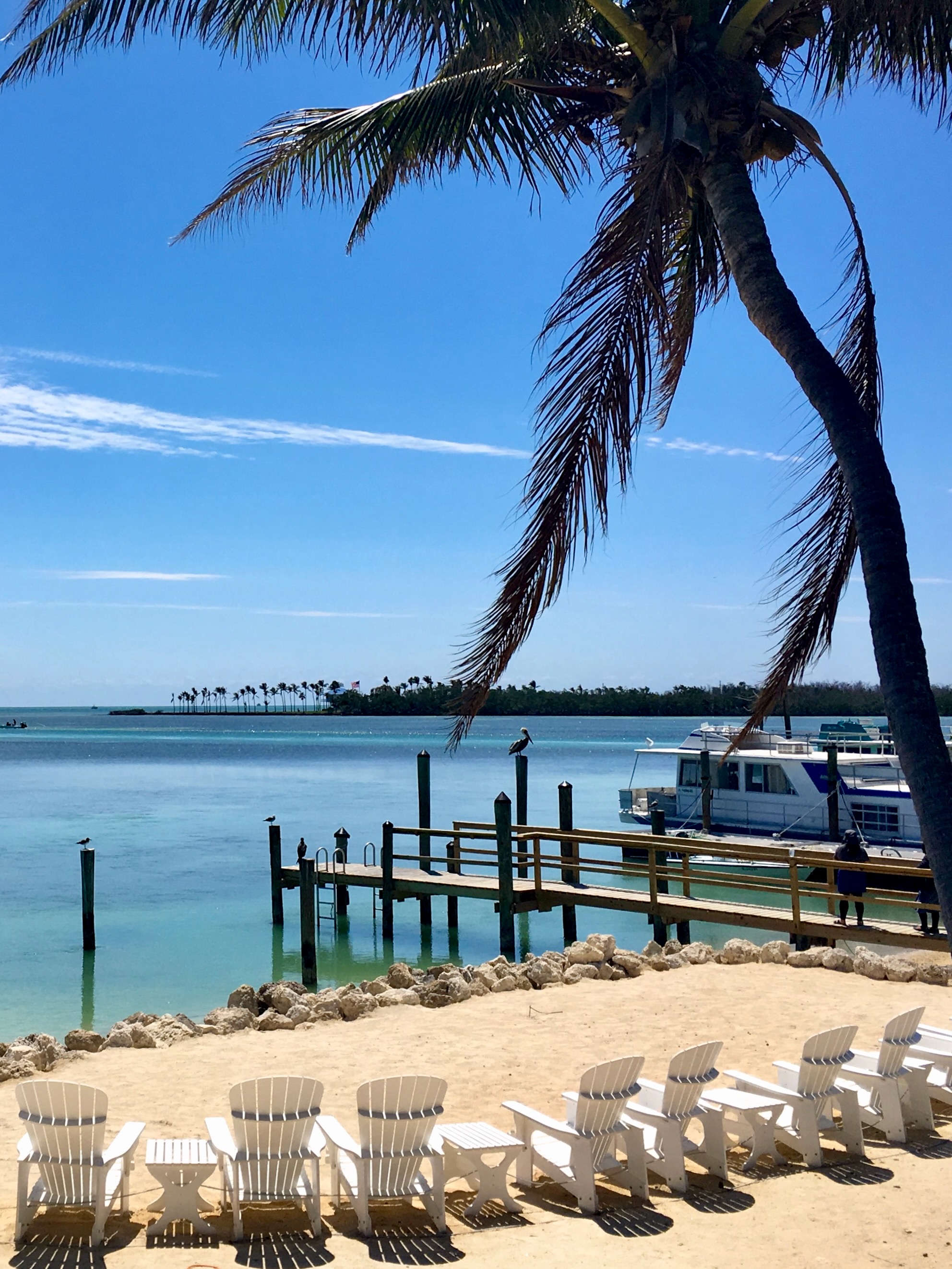

The Florida Keys count many campgrounds, the majority of them private and expensive. The exceptions to this rule are the state park campgrounds, which are in high demand. There are three state parks with camping facilities in the Keys: John Pennekamp Coral Reef, Curry Hammock and Bahia Honda State Park. The latter is by far the most popular and fills up as soon as reservations open, eleven months in advance. With campsites directly on the beach, it’s not hard to see why.
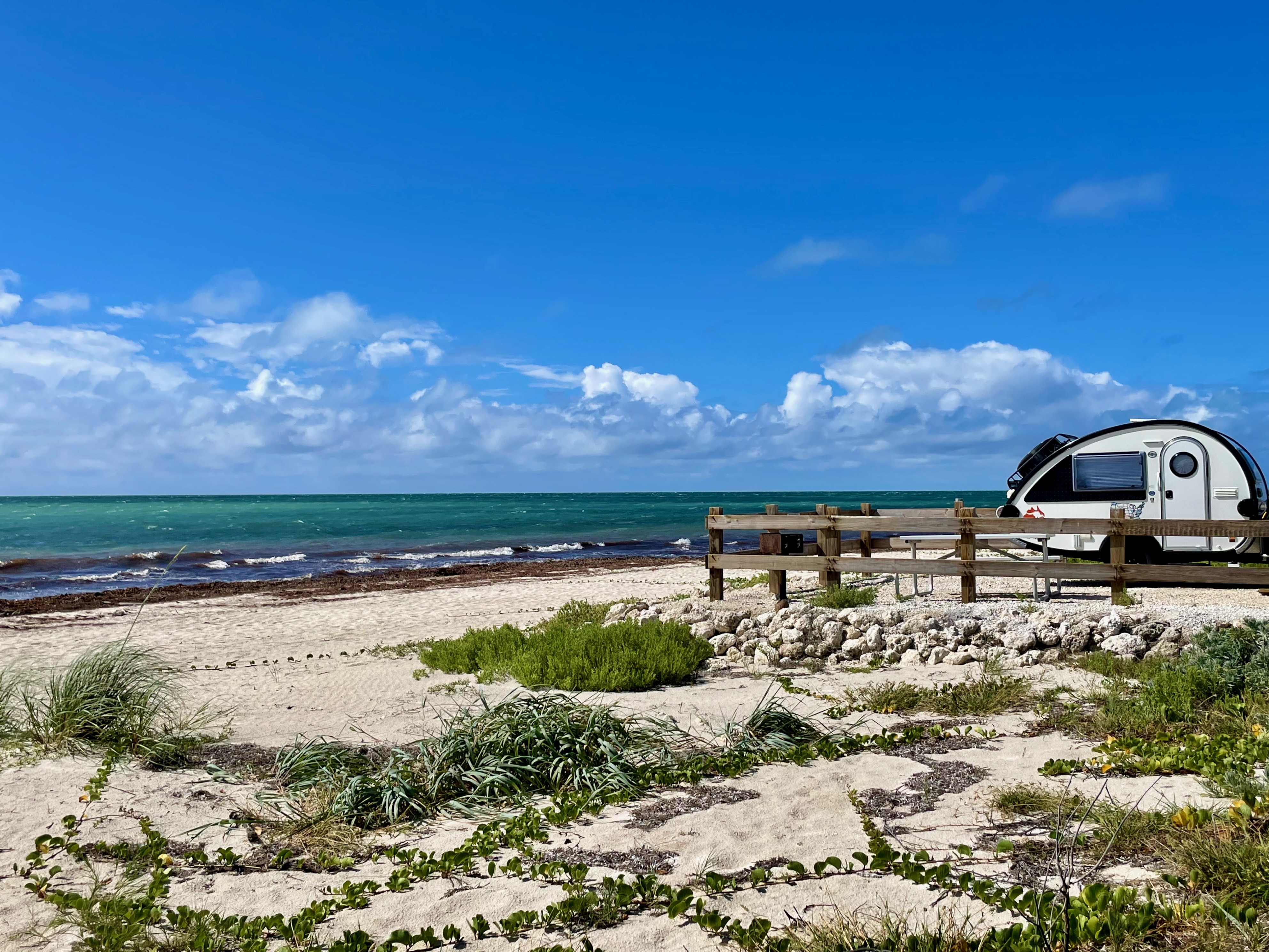
After checking the park’s website for a couple of weeks, an oceanfront site at Bahia Honda State Park opened up. The park is named after the Bahia Honda Rail Bridge, which was used as a railroad before it served as part of the Overseas Highway. The bridge was put out of use in the seventies and is now open to pedestrians. A short climb reveals the ocean’s stunning shades of blue.
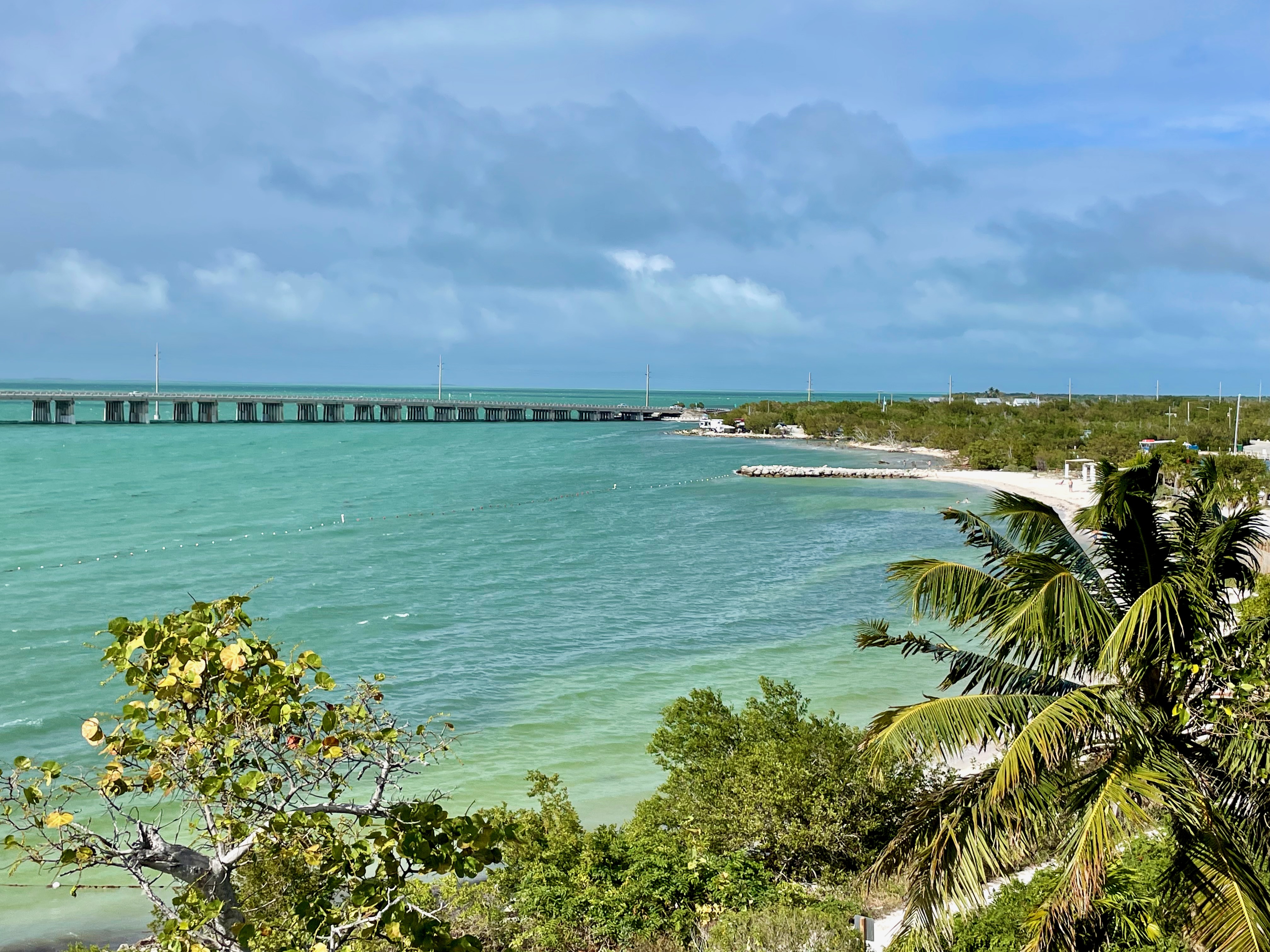


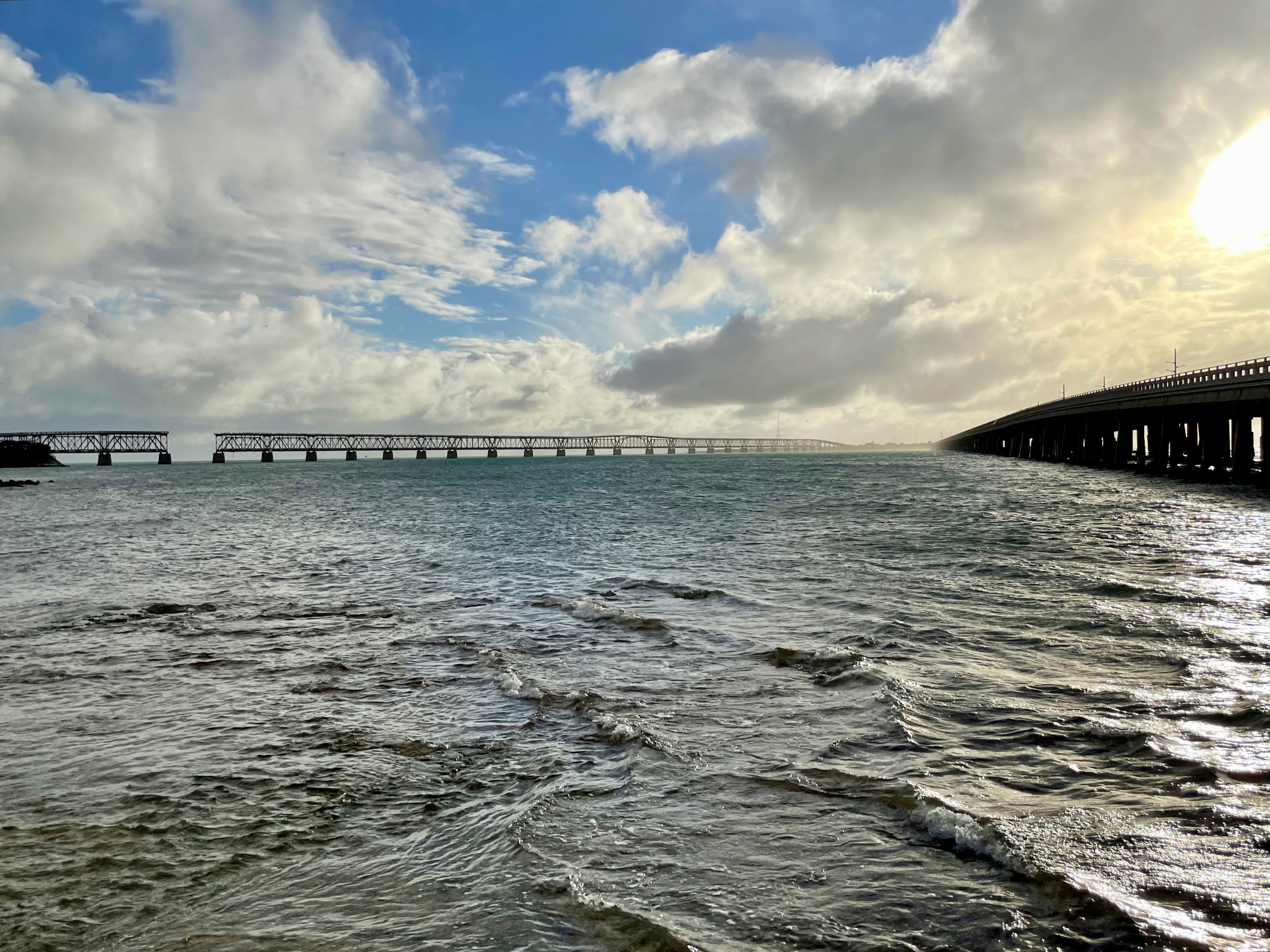
Bahia Honda State Park is flanked by several beaches, but the best one is at the south side of the old bridge. The water was calm, shallow and warm even at the start of April. There are benches along the coast for a picnic overlooking the ocean.



A beautiful sunset the first night turned into a crazy thunderstorm on our second night at Bahia Honda. We saw tent campers arrive and turn back around, happy to be sheltering in our trailer but wishing it was heavier for once. Luckily, it passed the tropical storm test with flying colors.

No trip to the Keys would be complete without visiting Key West. One of Hemingway’s tropical homes and favorite watering holes, the little town receives more daily visitors than it has residents. The colorful streets are perfect for wandering around without a goal, island-style.
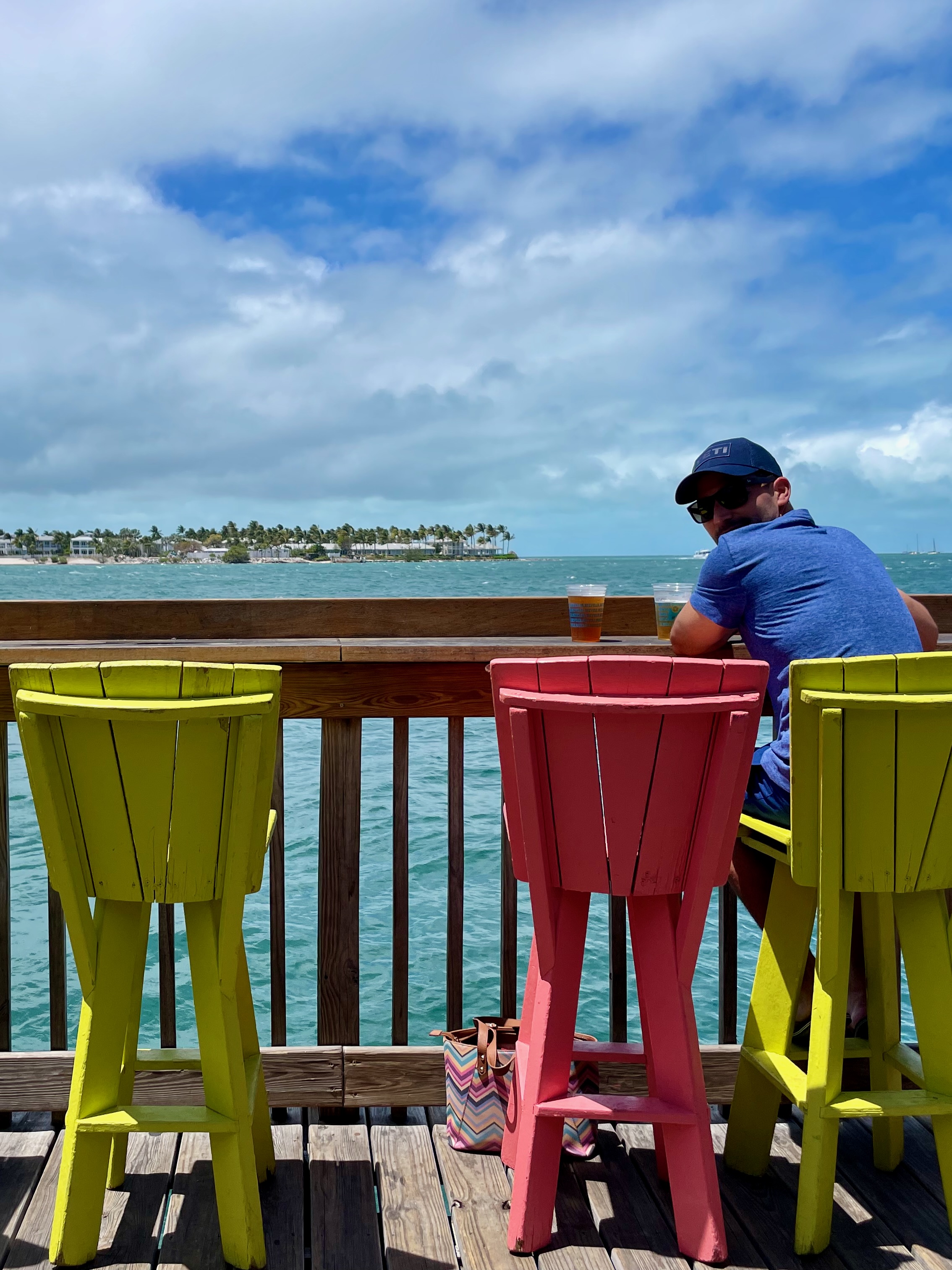
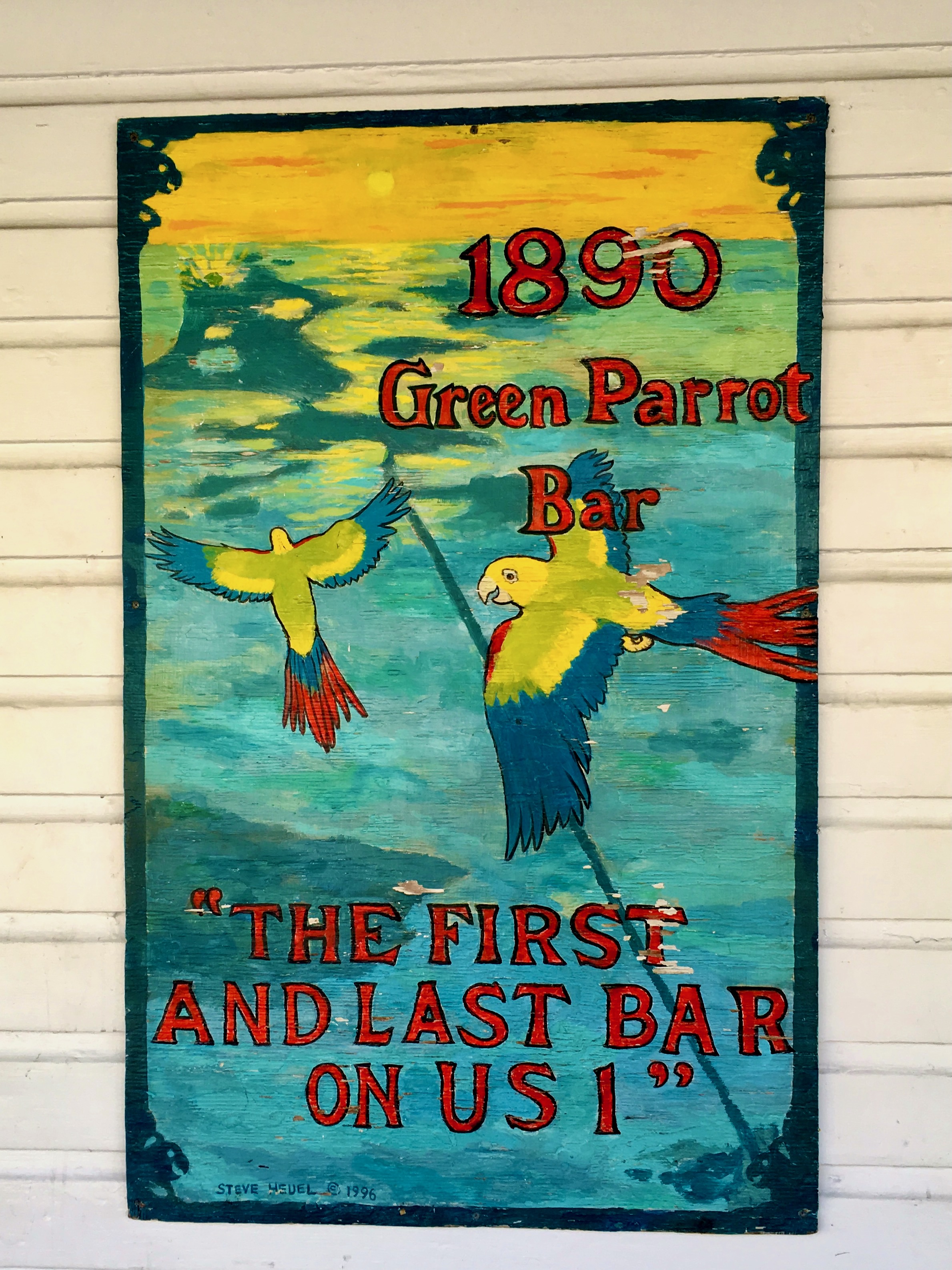
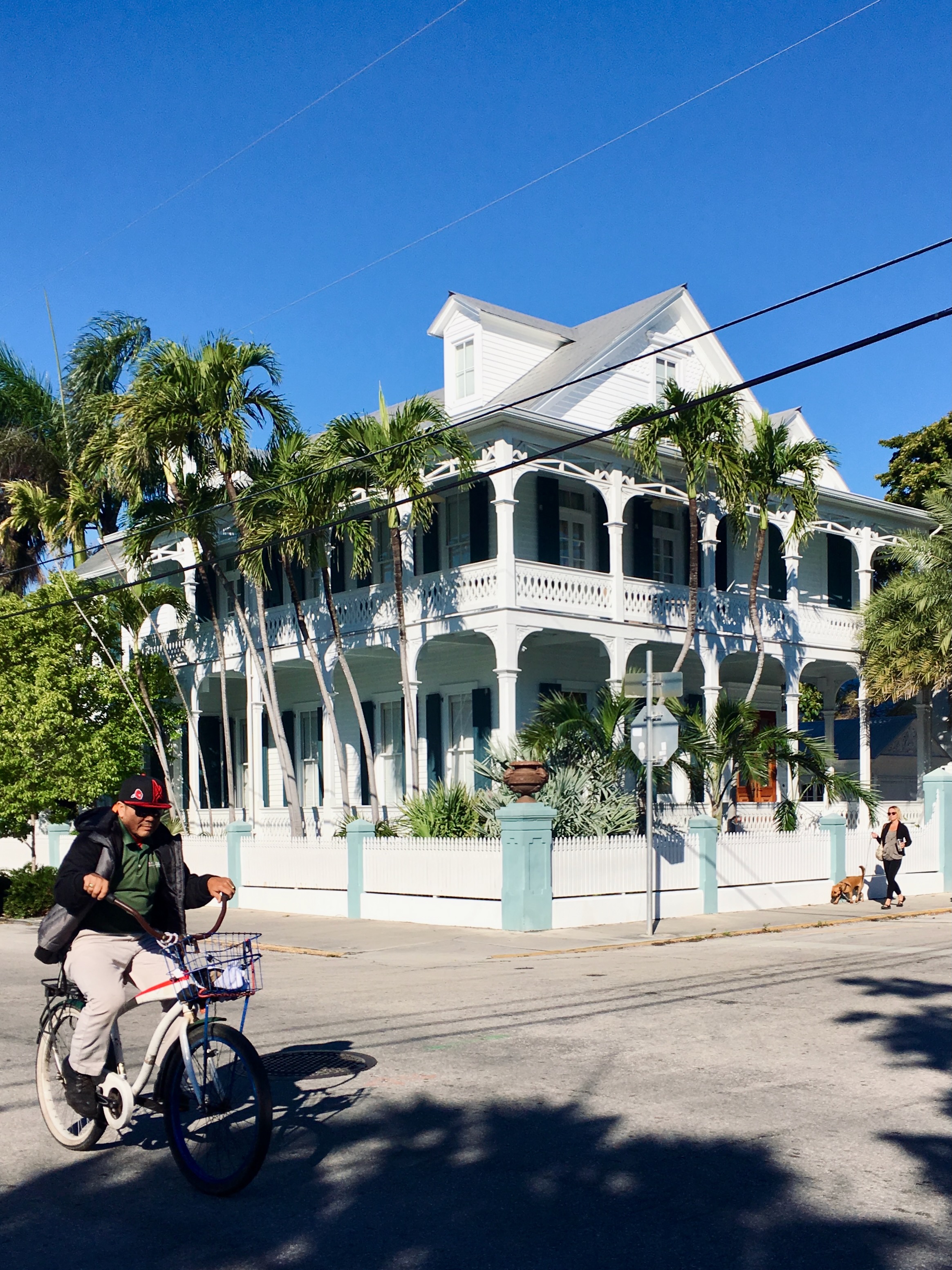

Stay: Bahia Honda State Park, Florida Keys
We stayed in the Sandspur Campground at oceanfront site 71. The sites in this loop are hard to come by if you don’t reserve months in advance, but it’s worth keeping an eye on the website for cancellations.
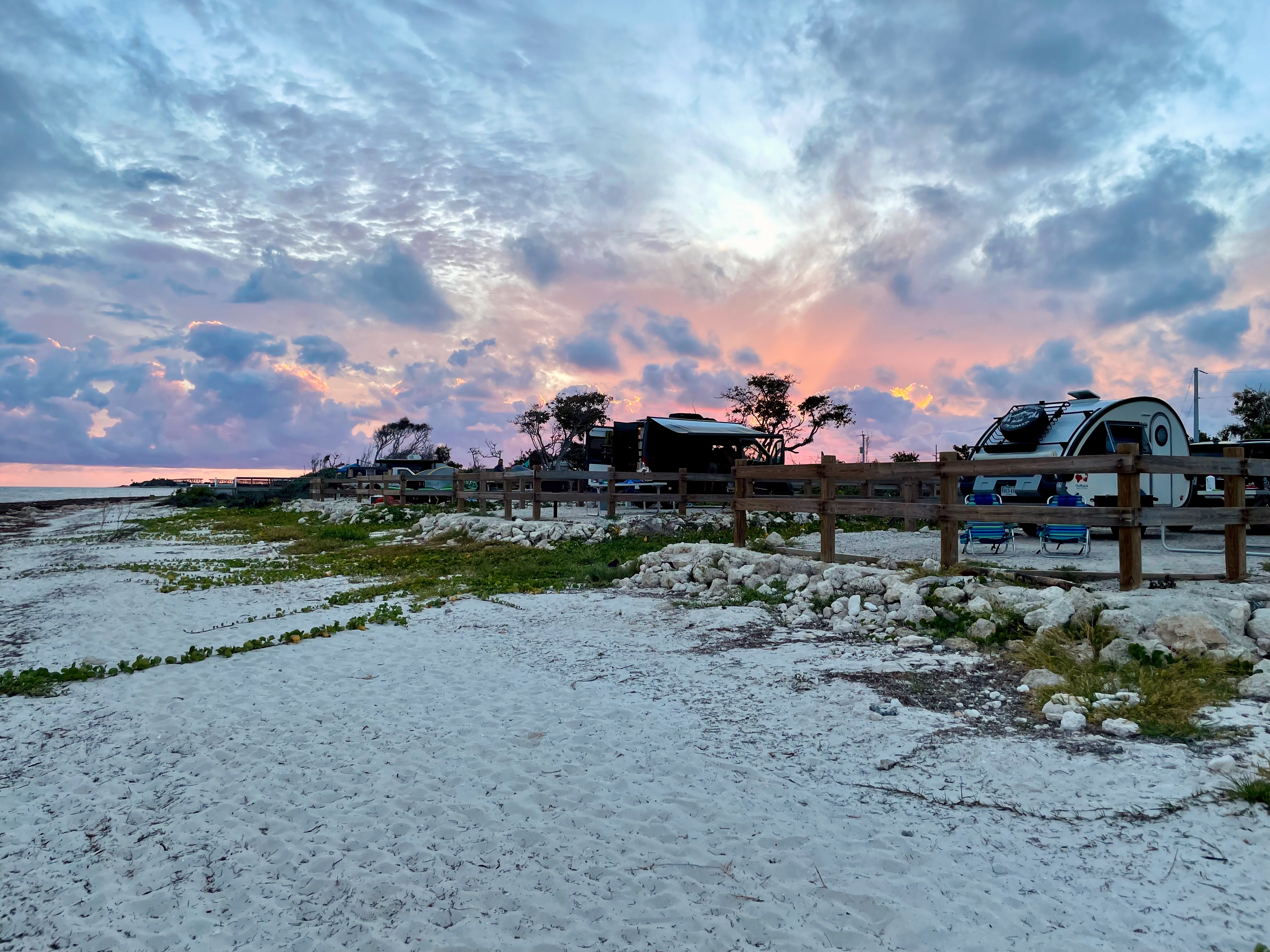
Day 6 & 7: The Gulf Coast
Our next destination took us to Florida’s Gulf Coast, home to the best beaches in the state. There are plenty of beach towns with clear and shallow waters on this side of the Sunshine State. Fort de Soto came out as the clear winner for campers like us. The county park is spread out over five interconnected keys off the Tampa coast.
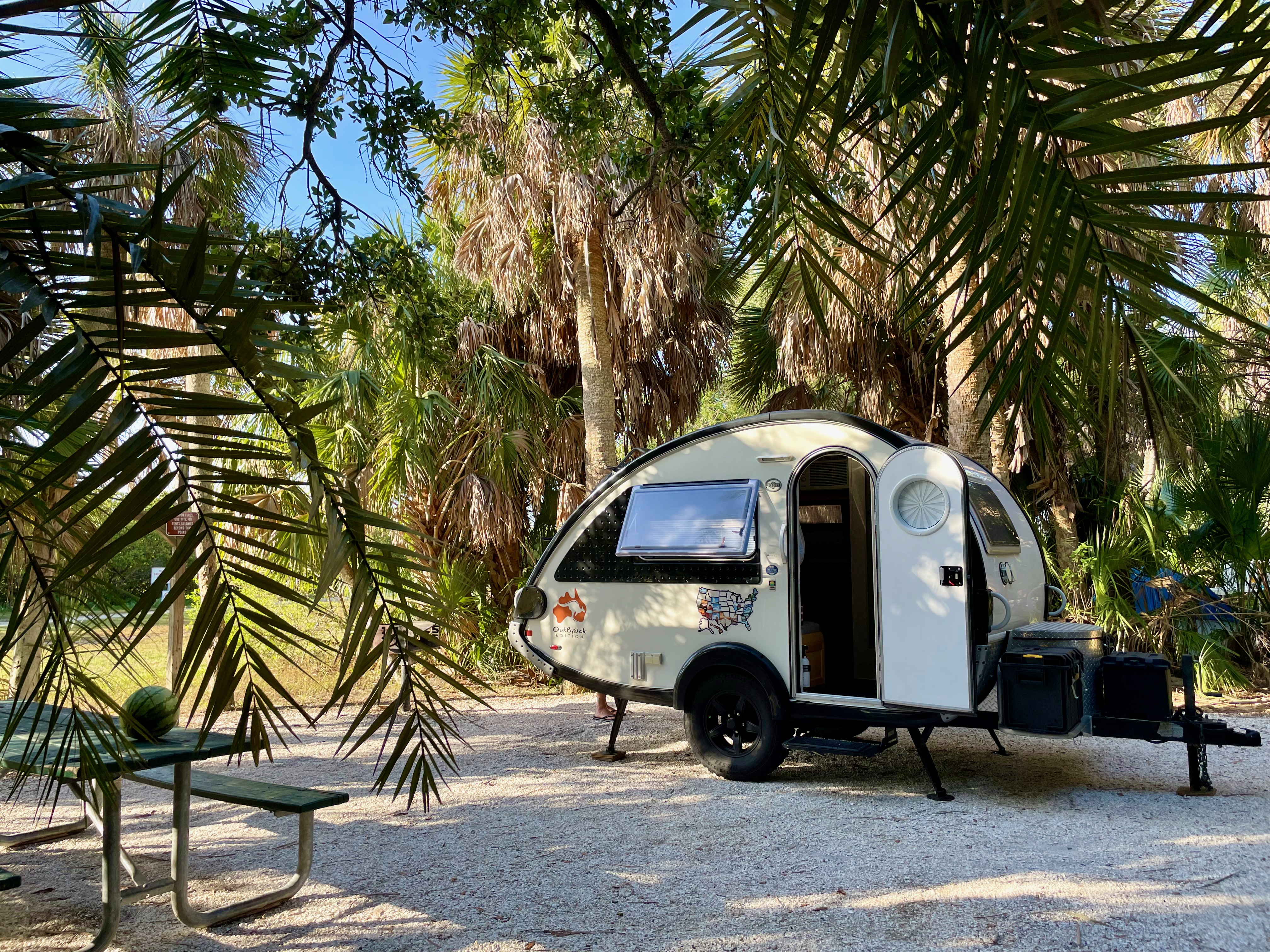
Just like Bahia Honda in the Keys, the campground makes up the destination. Fort de Soto is a tropical camping enclave right on the water. The 238 sites are tucked away in a lush forest. The undeniable sign of civilization are bold raccoons, sneaking around for food.


The best part about Fort de Soto are the beaches. We parked at North Beach and walked all around the northern tip of the key looking for the best spot. Because of the storm the previous day, North Beach was less calm than usual. We settled on the inside of the bay, where the water resembled a kiddy pool.
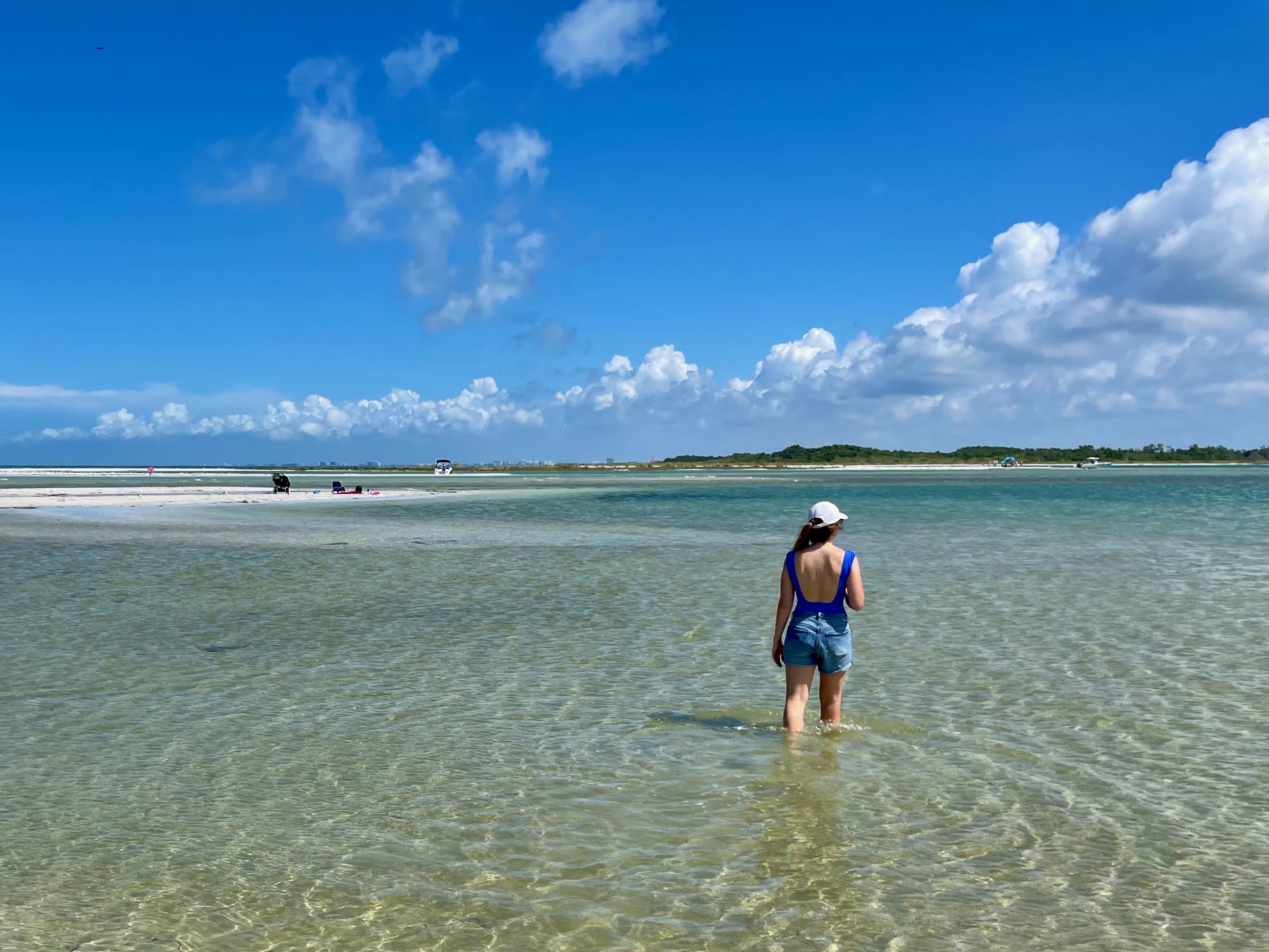
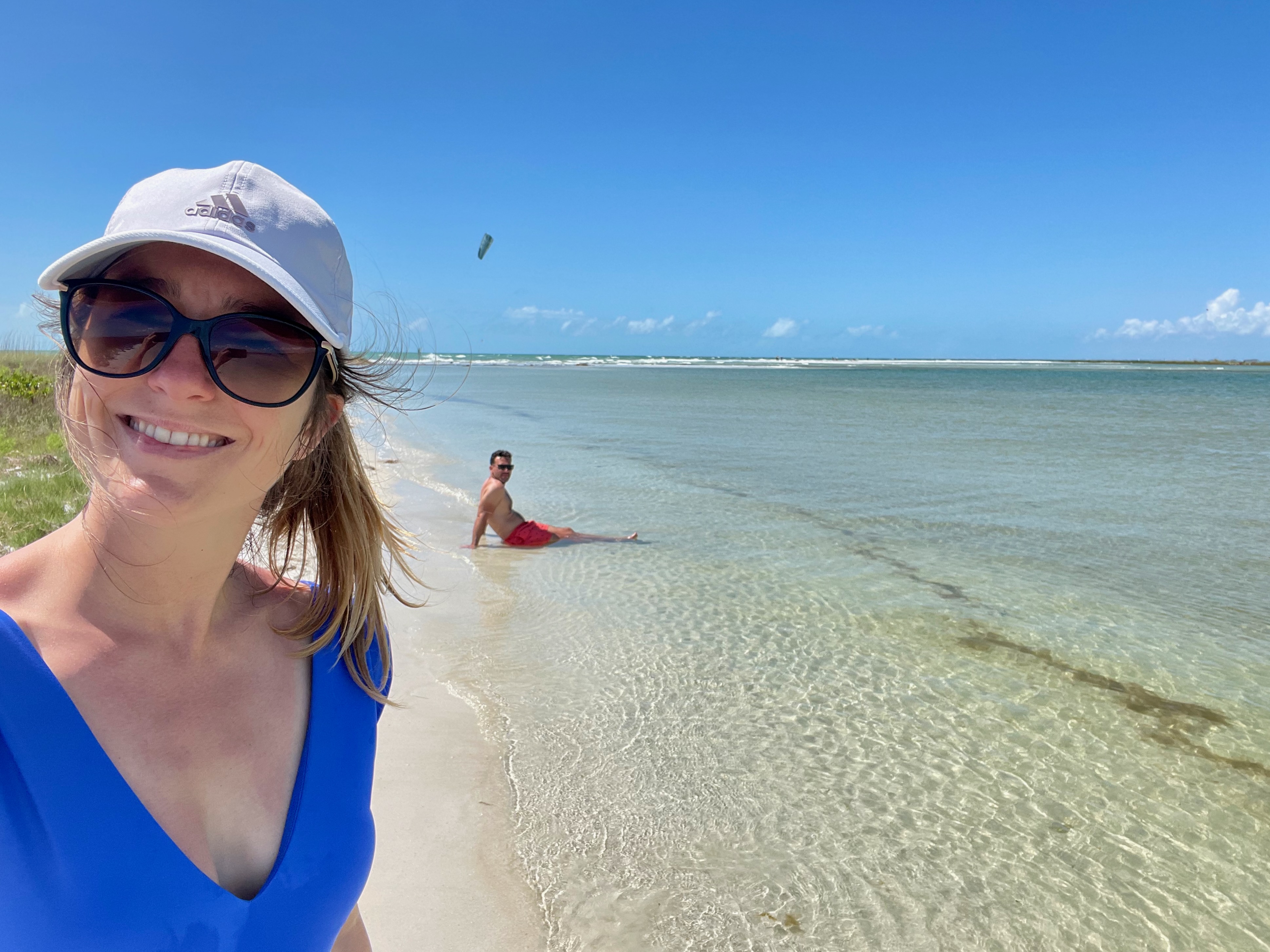
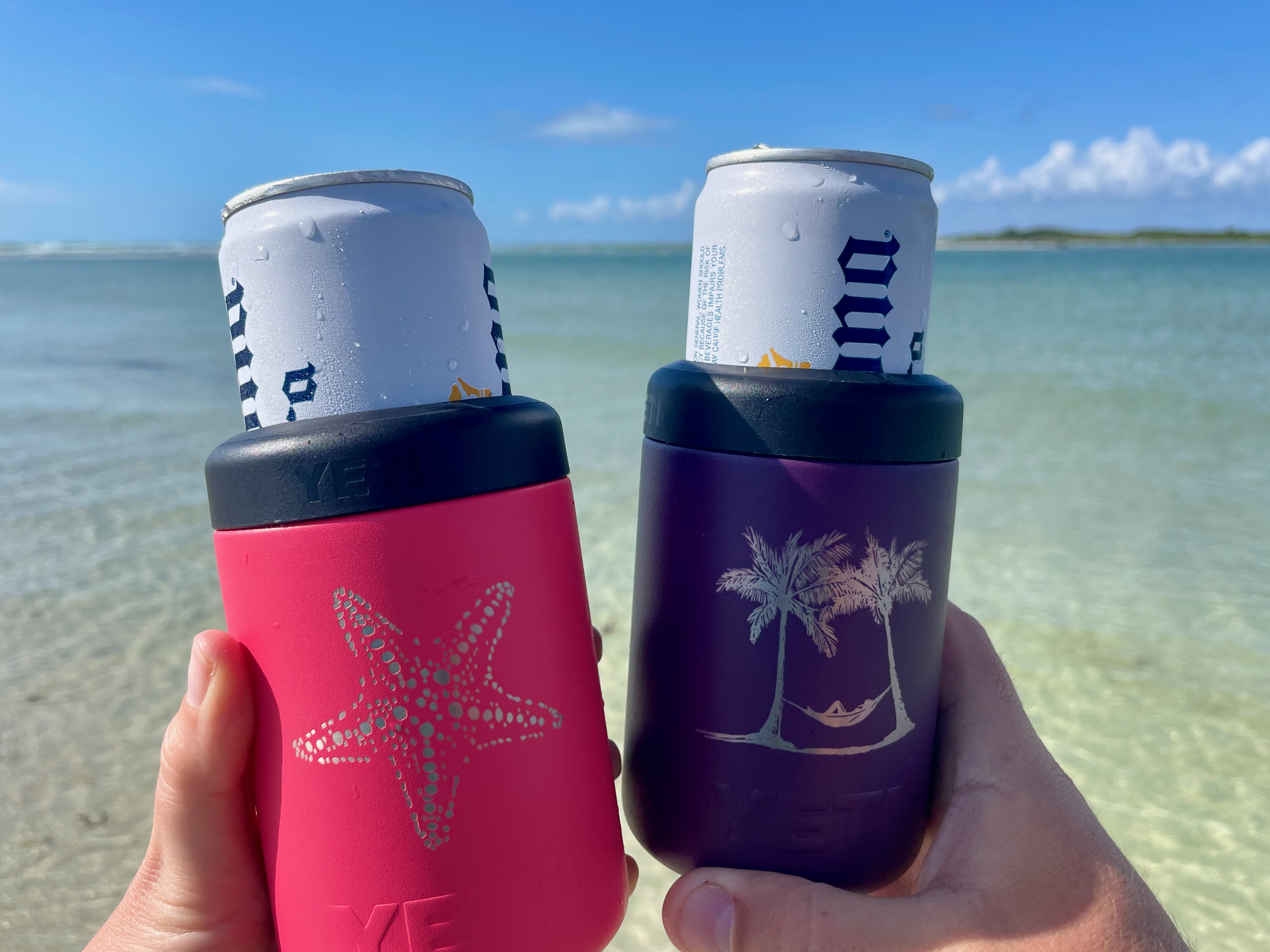
Camping at Fort de Soto comes with another perk: a beautiful golden hour to end a perfect beach day. Fort de Soto is easily one of our favorite campgrounds we have stayed at. If it wasn’t for the twelve-hour drive from Norfolk, we would be regulars.
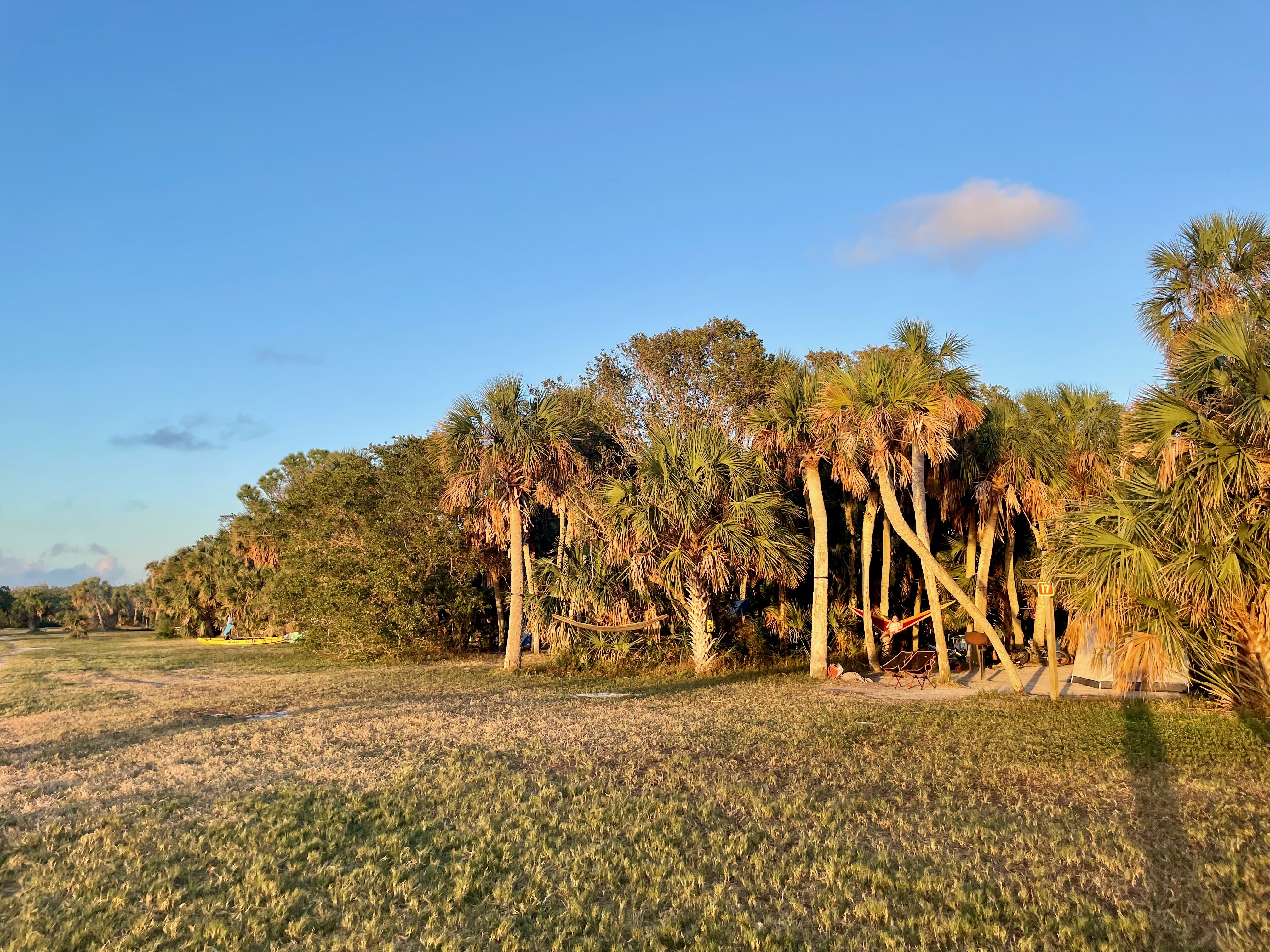
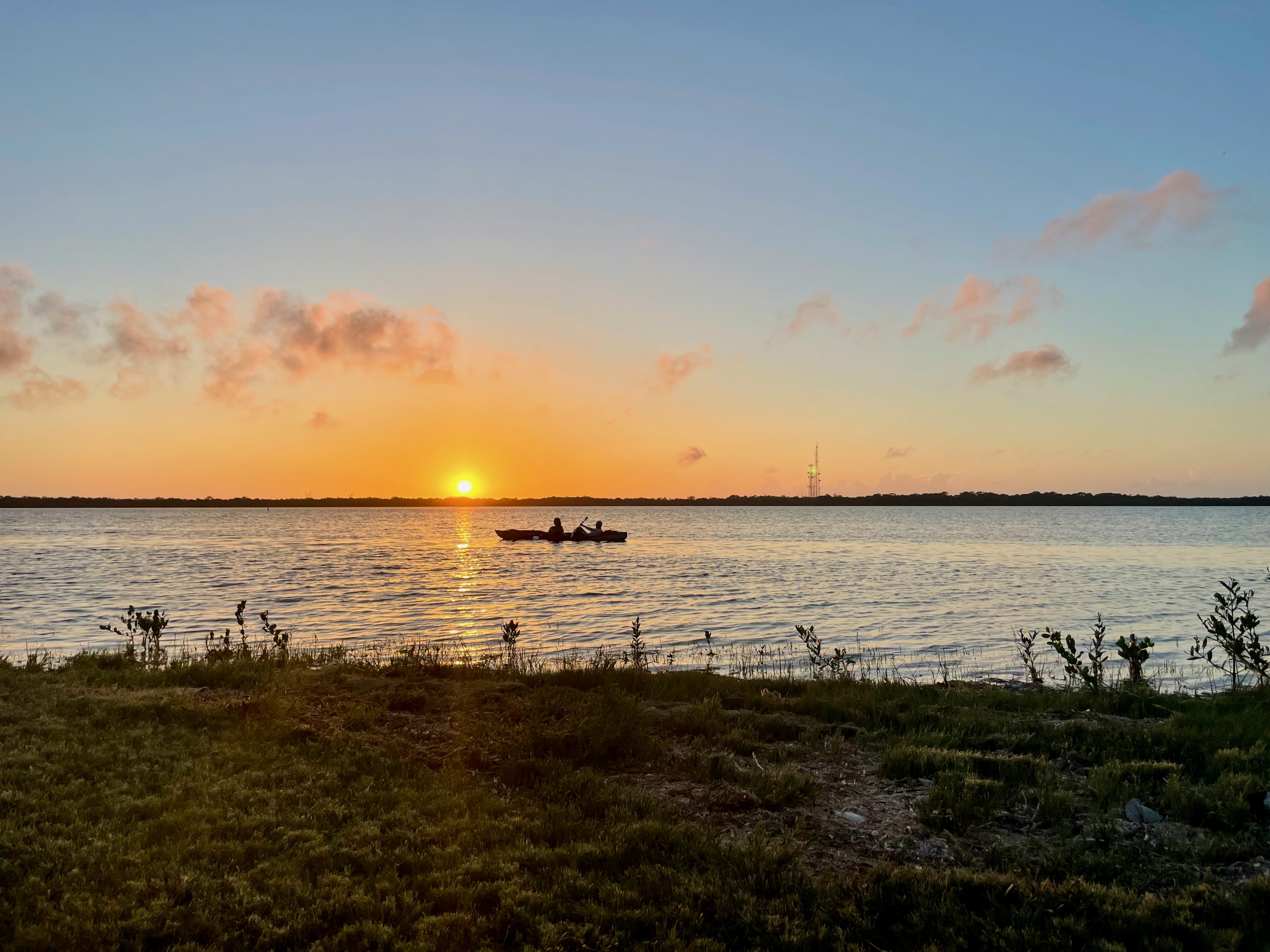
Stay: Fort de Soto Park, Pinellas County
We stayed in loop 1, reserved for tents and small campers only. The waterfront sites are fully booked months in advance, but in Fort de Soto there really is no bad spot.
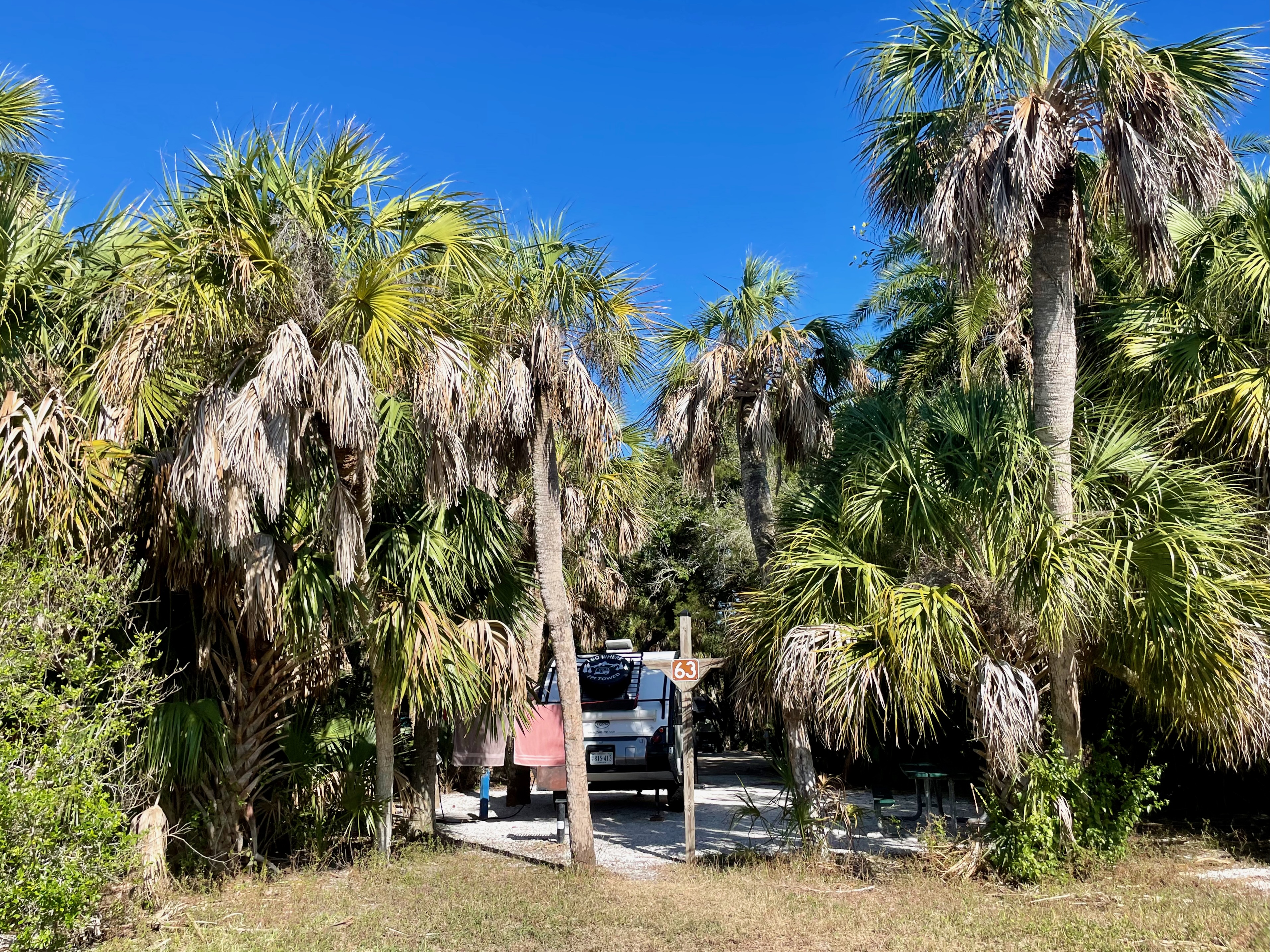
Day 8: Natural Springs of Central Florida
On our way back north, we made one last stop in Florida. The Central Florida area is known to house many natural springs. The temperate waters of the springs attract hundreds of manatees in winter. In spring and summer, the springs open up for kayaking and swimming.
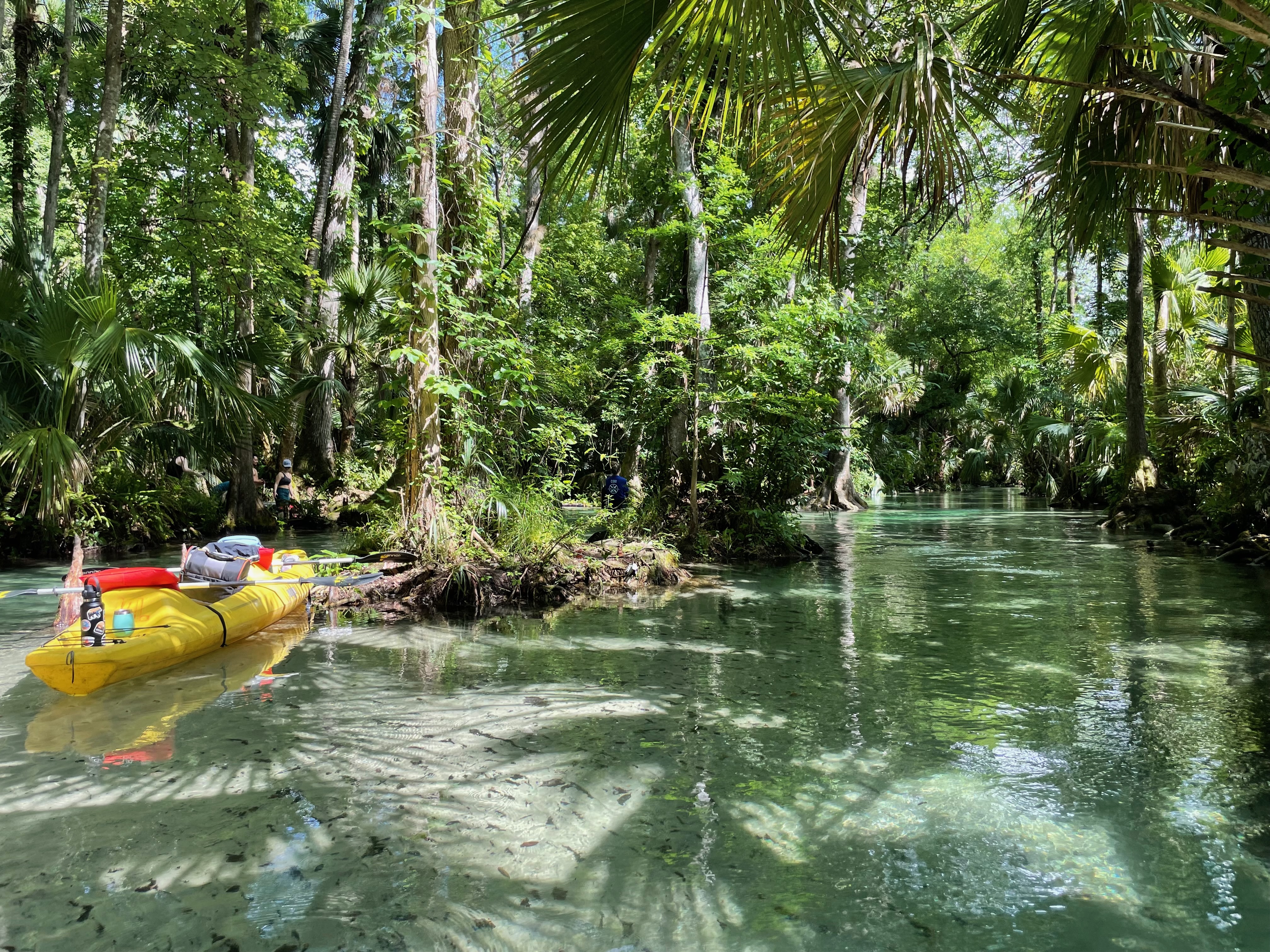
We rented kayaks at King’s Landing, a privately operated spring just north of Orlando. We opted for the four-hour day paddle, which lets you explore the spring at your own pace. The spring has two very different sides to it. To the right side of the kayak launch lies Emerald Cut, a one-mile stretch of lush paradise with crystal clear waters.

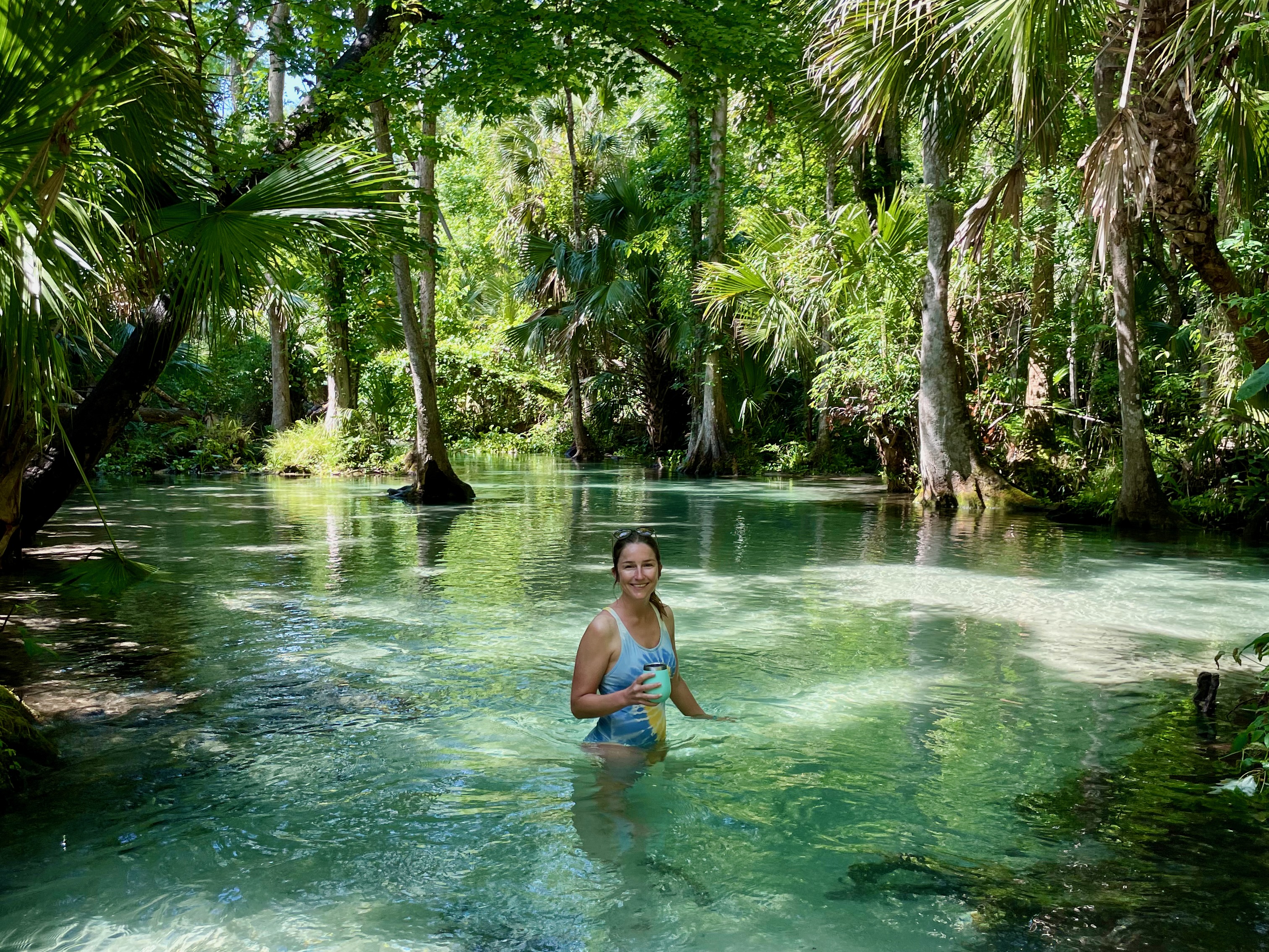
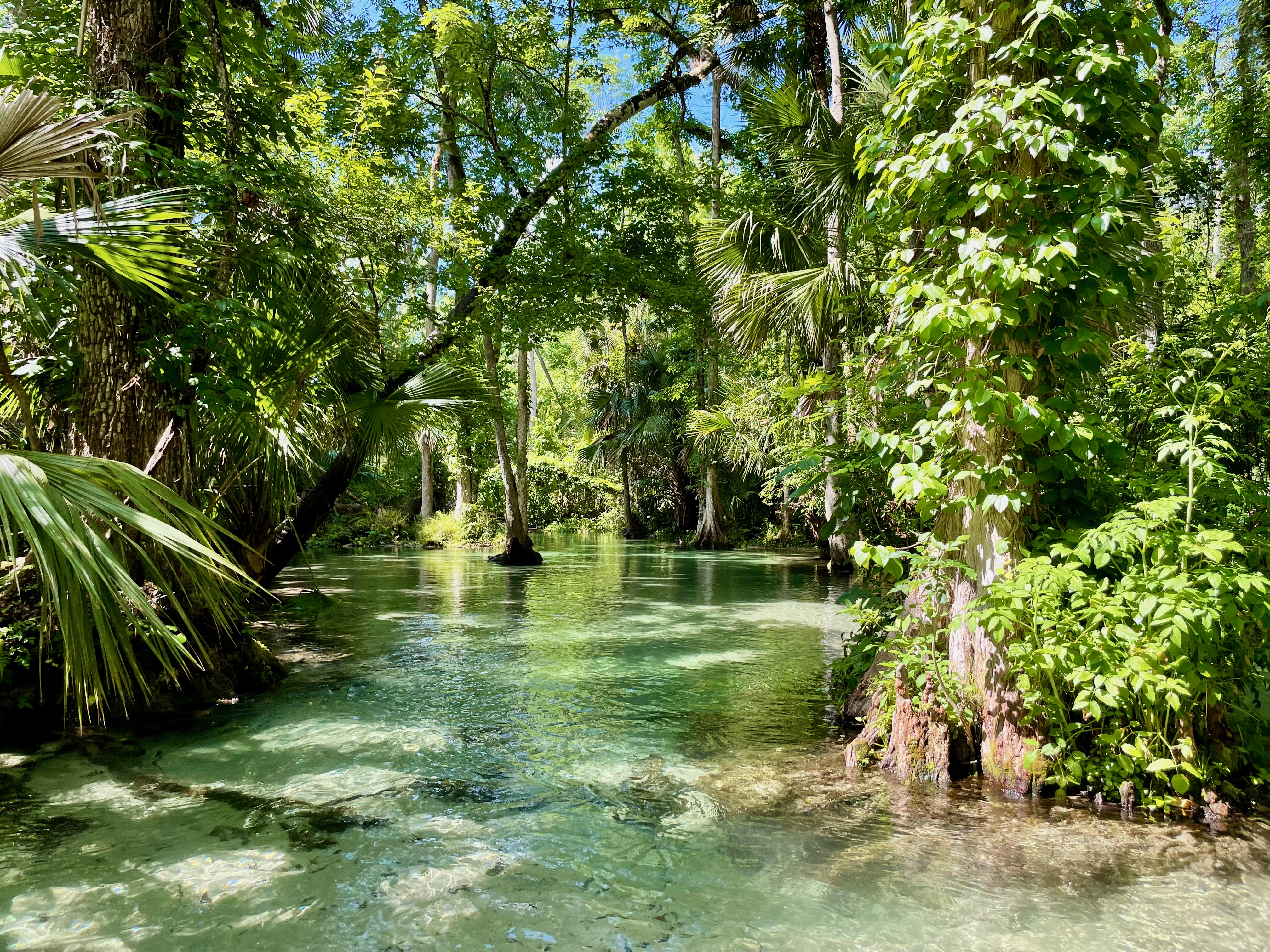
To the left side of the launch awaits Florida’s wildlife. The spring is much deeper and covered with plants and water lilies. We saw turtles and even an alligator, which was our sign to turn around and start our upstream paddle back to the launch.
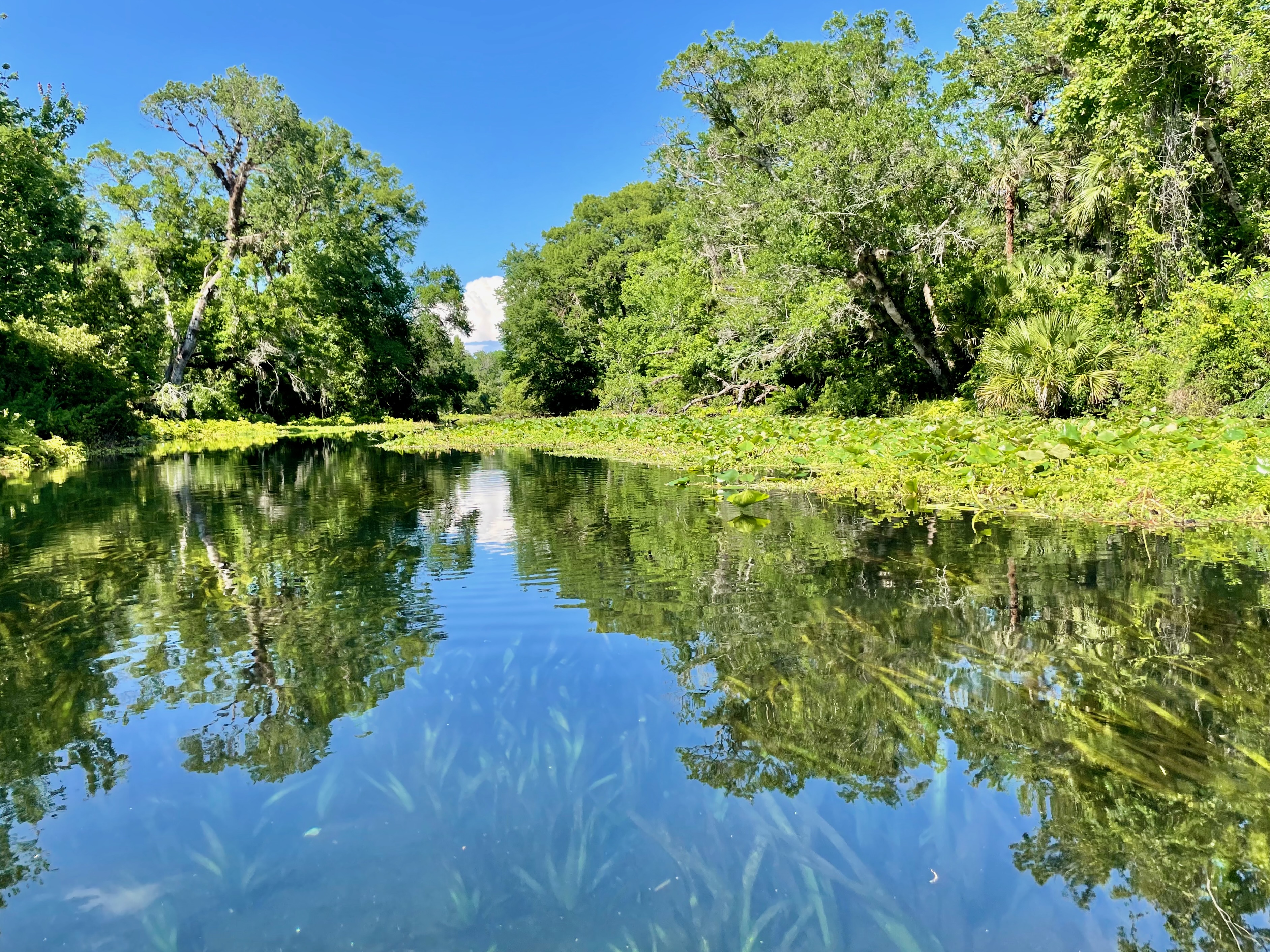
If you visit Central Florida in winter, the Crystal River is one of the best places for manatee encounters. On a different visit to Florida in January, we rented kayaks at Hunter Springs Kayaks to paddle up to Three Sister Springs. You can add snorkeling gear and get up close with the manatees while swimming in the river.

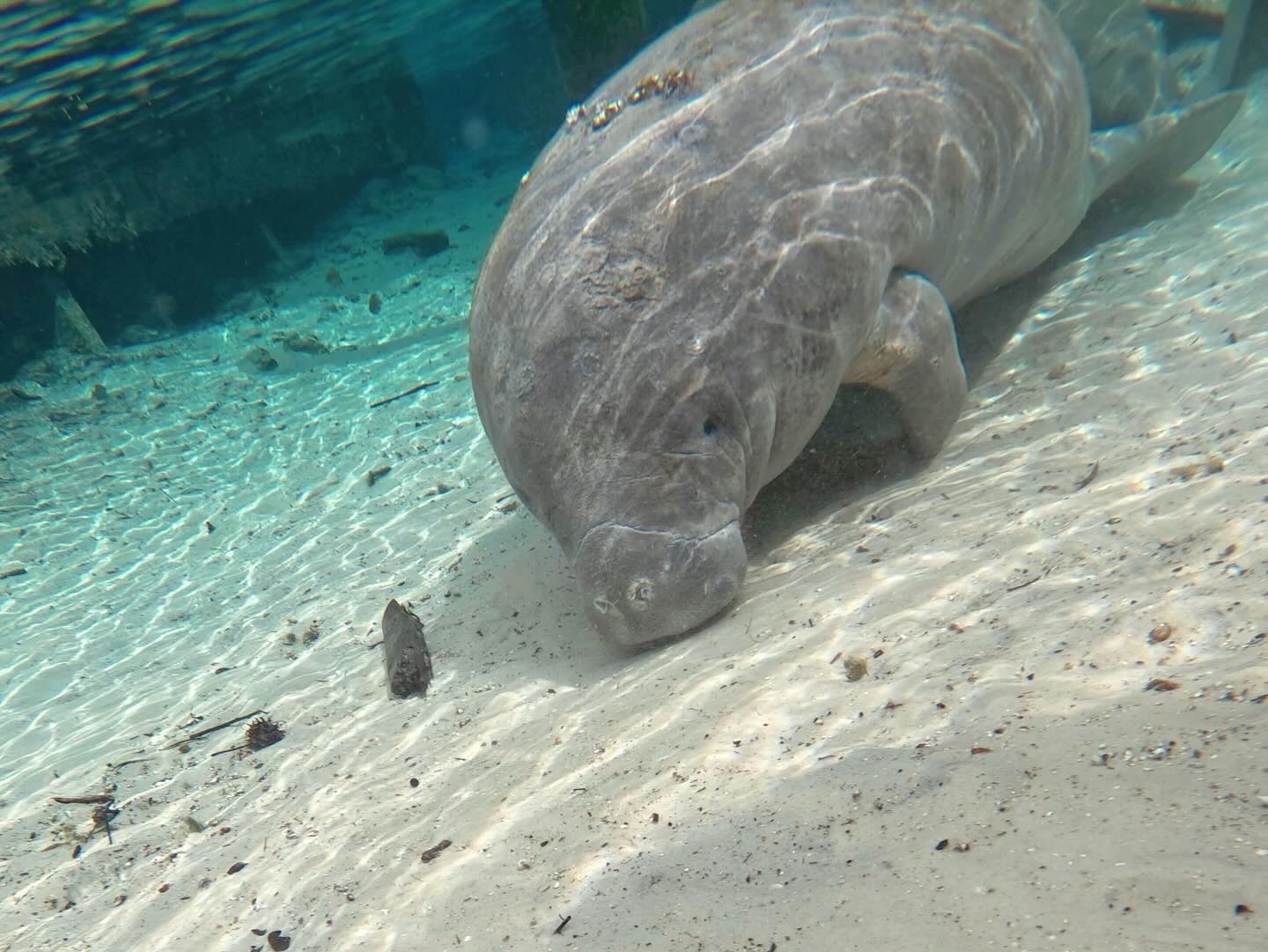
Stay: Lu Mil Vineyard, Harvest Host
We often stay at a Harvest Host along the way to break up long drives. Harvest Hosts is a membership program for RV-owners, allowing you to stay the night for free at wineries, breweries and farms across the nation. In return, you make a purchase of the products offered at the location. On our return trip from Florida to Virginia, we set up camp at the beautiful grounds of Lu Mil Vineyard in North Carolina.
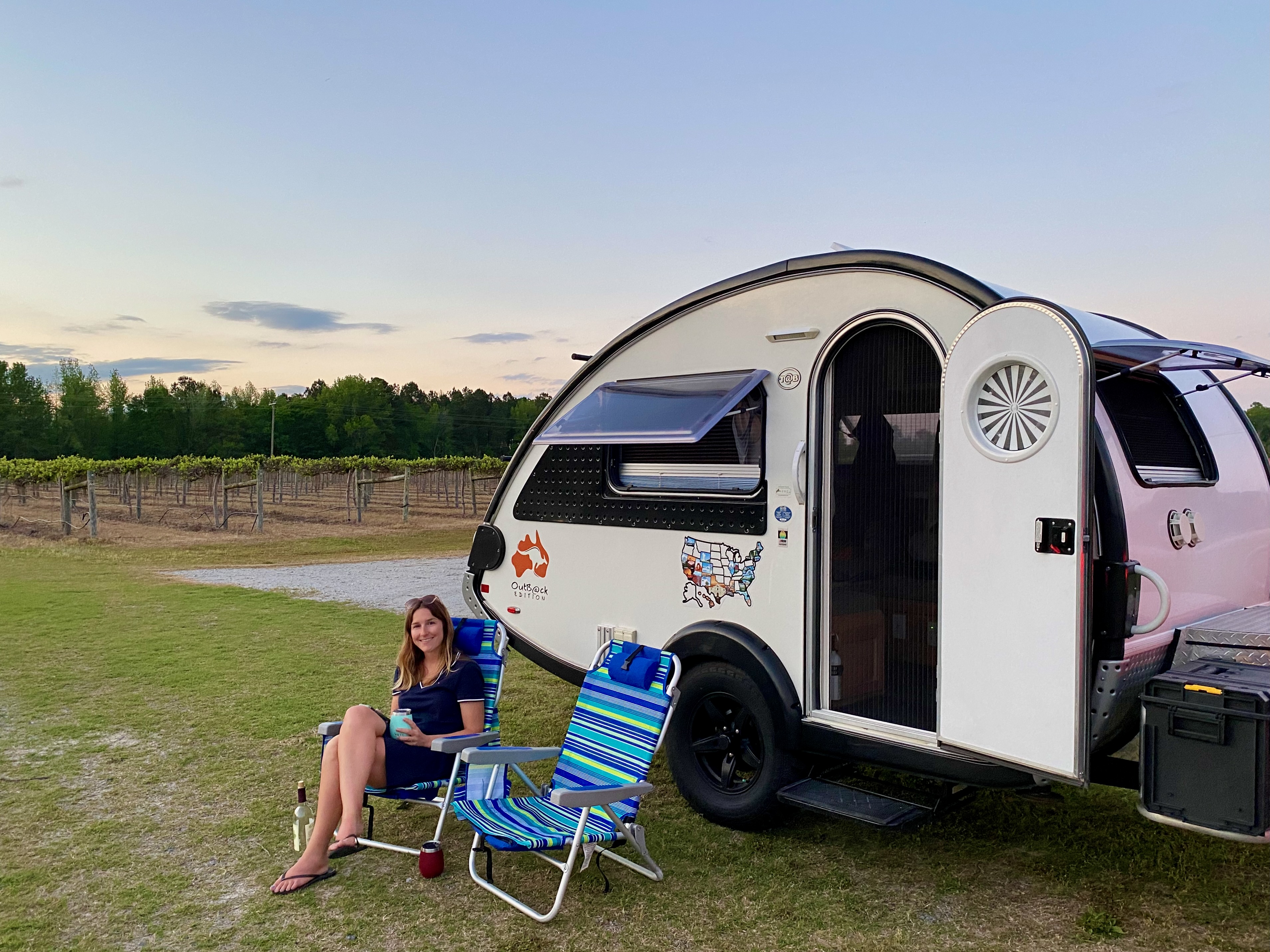
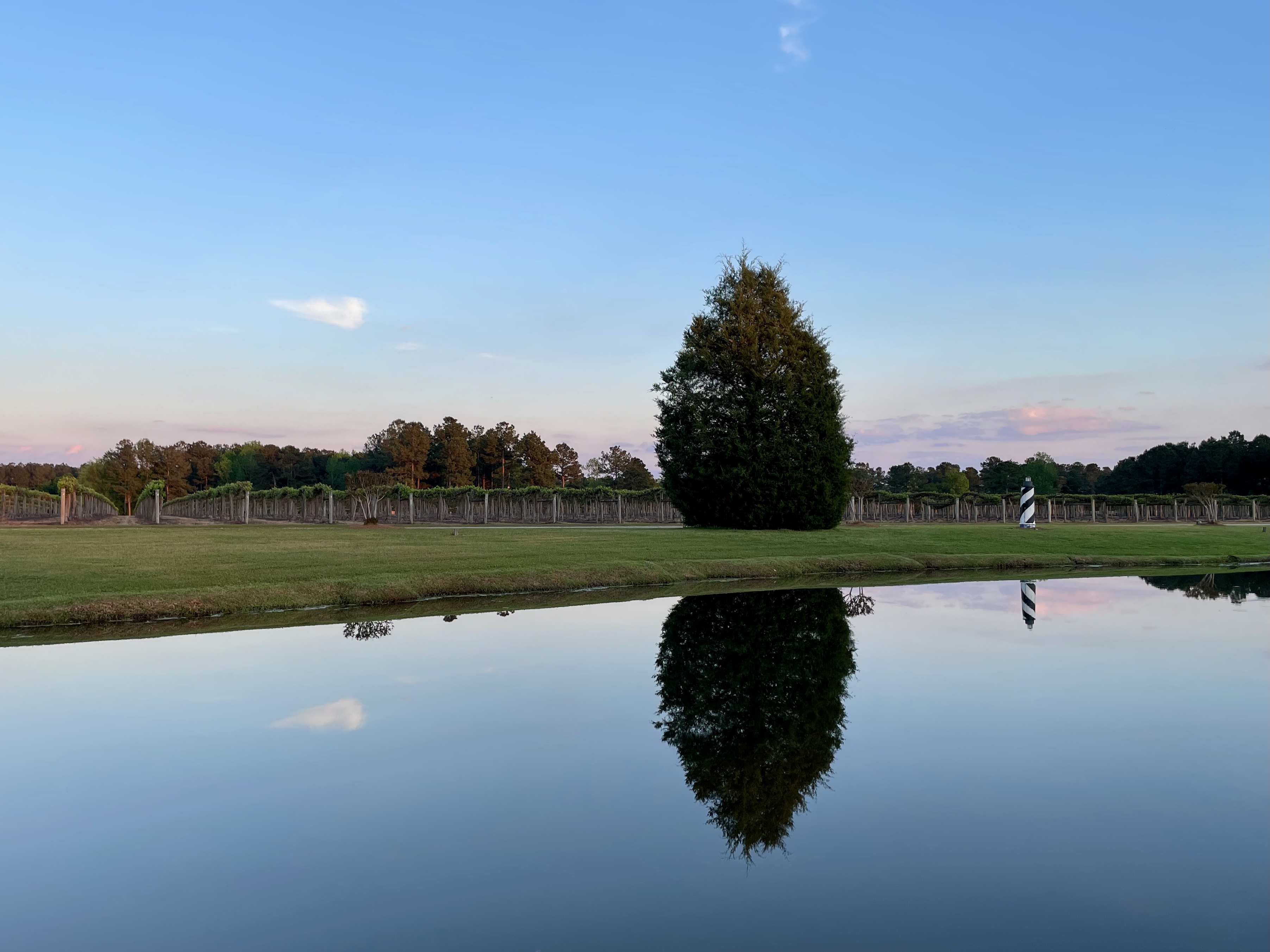
Florida Keys Road Trip: 10 Essential Stops on the Overseas Highway
The Overseas Highway cuts through azure-blue waters to connect the Keys with the mainland. Embark on a Florida Keys road trip with these 10 stops from Key Largo to Key West.
Florida National Parks Road Trip: Two Days, Three Parks
Snorkel at Dry Tortugas, paddle between Biscayne’s mangroves and spot wildlife in the Everglades on this two-day road trip itinerary in Florida.
Top 15 Things To Do in Miami, Florida
These 15 unique activities are quintessential Miami, from Art Deco to latin vibes and rooftop views.
The Perfect Beach Escape to Navarre, Florida
This travel guide rounds up top activities and a unique stay for the perfect beach escape to Navarre, Florida.
Central Florida Road Trip: Coast to Coast in Two Days
This two-day road trip itinerary crosses Central Florida from Flagler Beach on the Atlantic Coast to Tampa and St. Petersburg on the Gulf Coast.
Top Shelling Beaches on the US East Coast
From Florida to Virginia, these are six of the best beaches to hunt for a variety of amazing seashells on the US East Coast.








Leave a comment